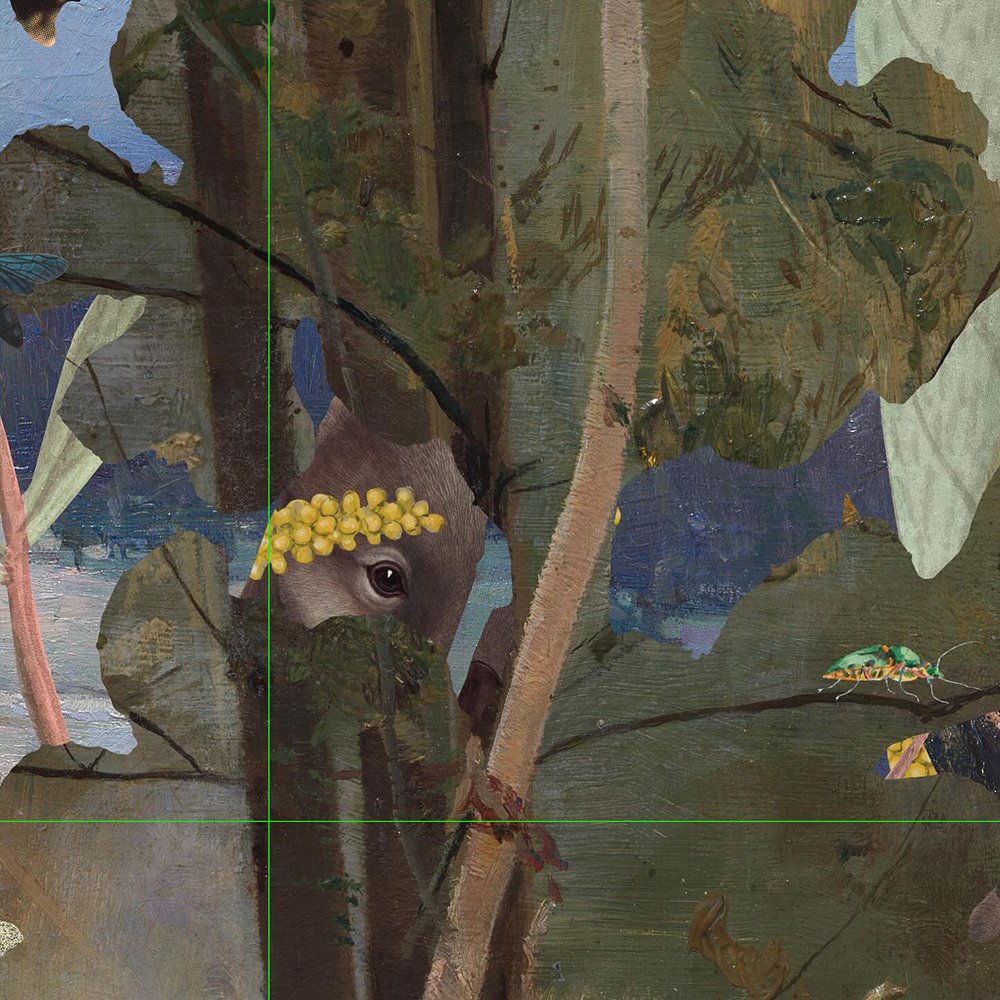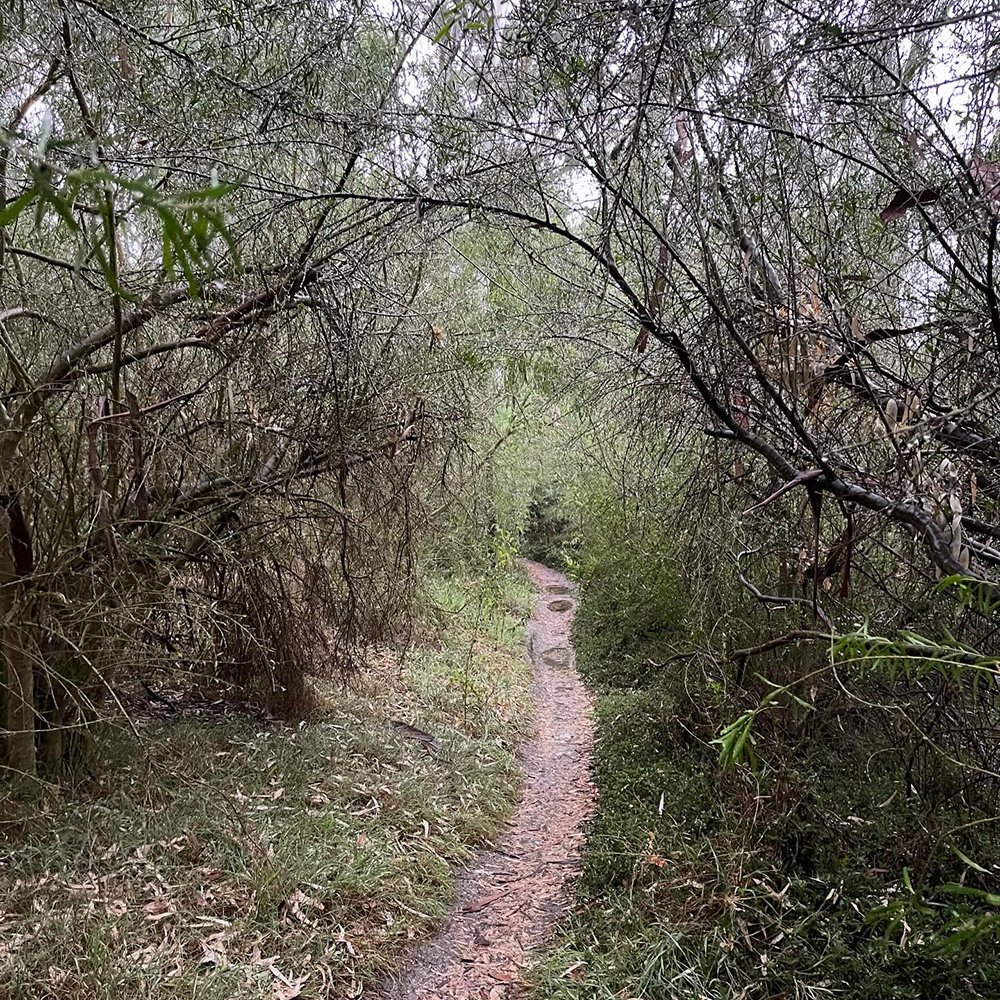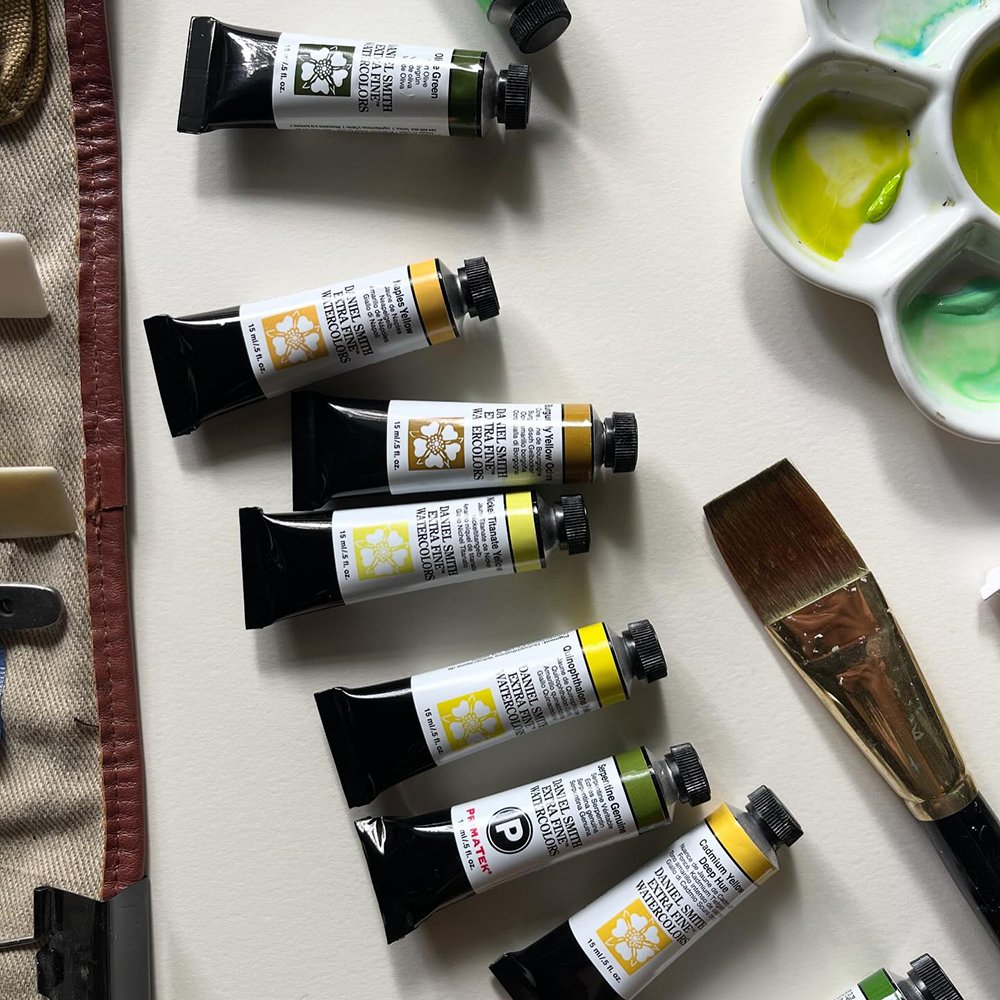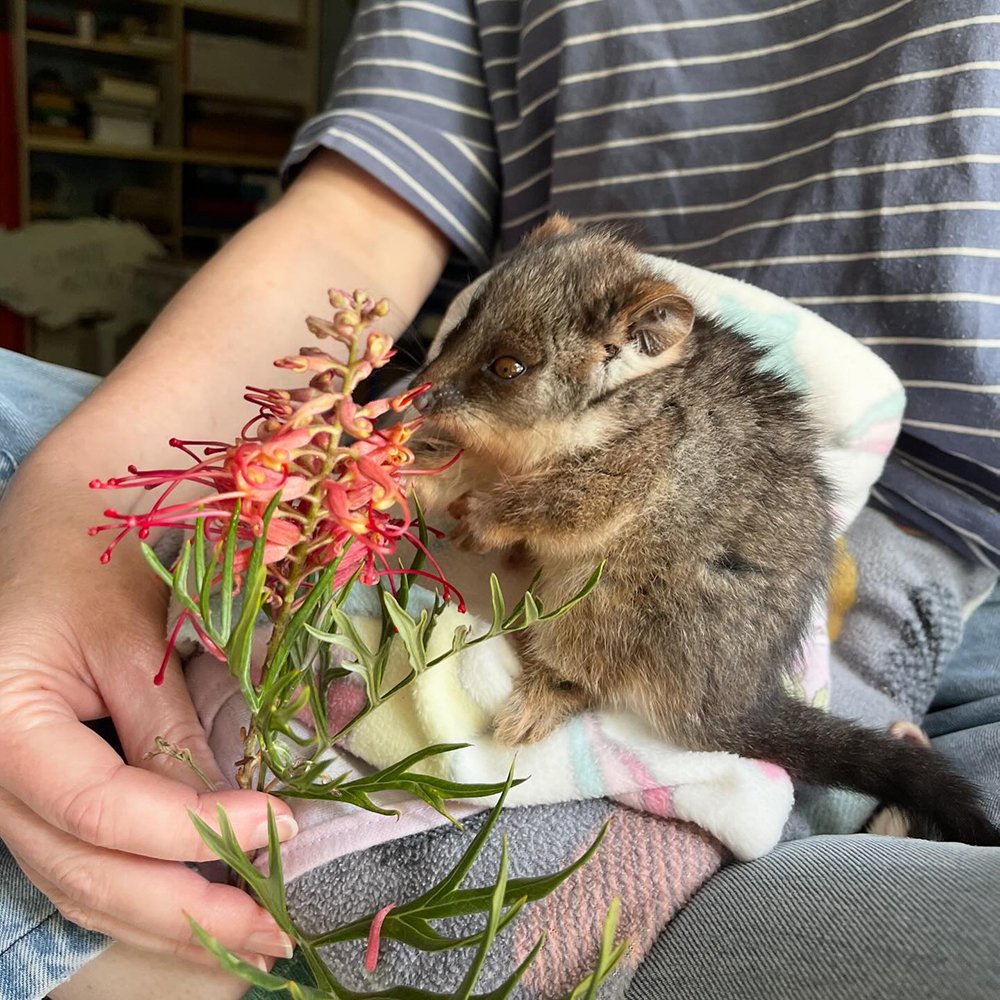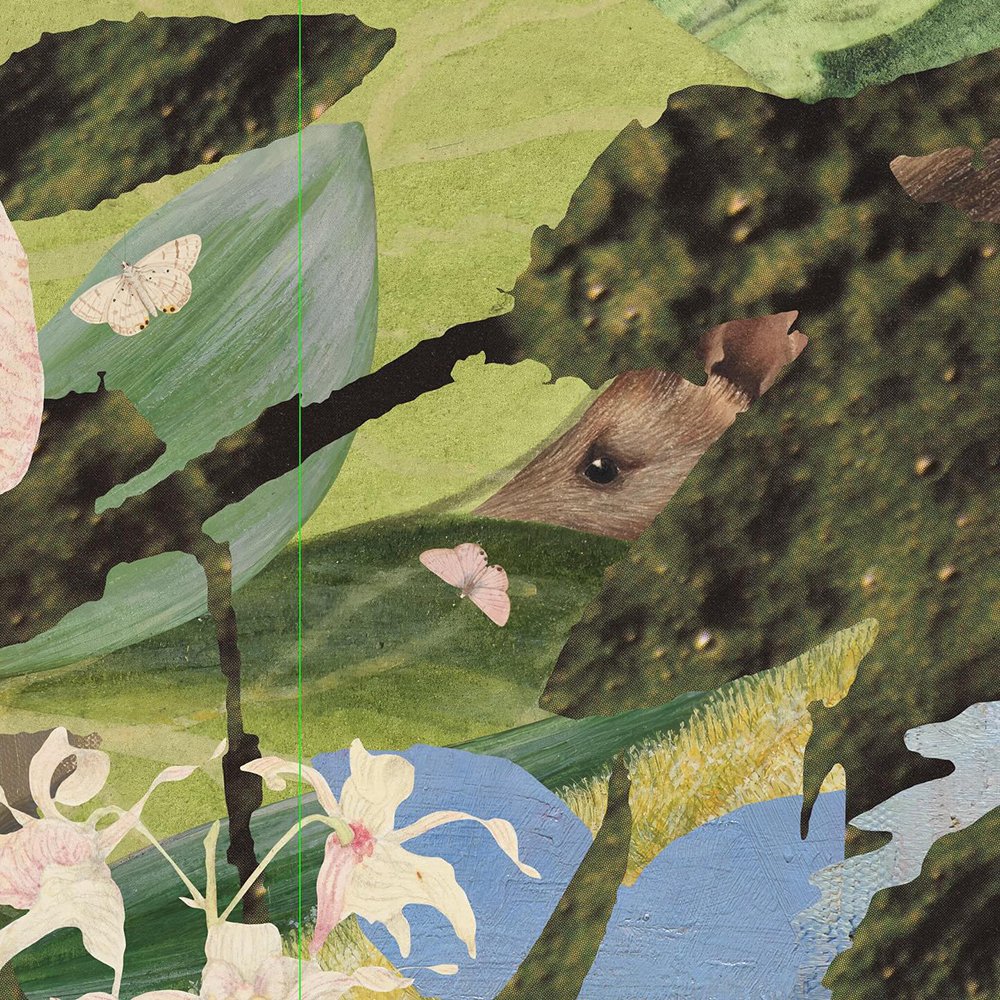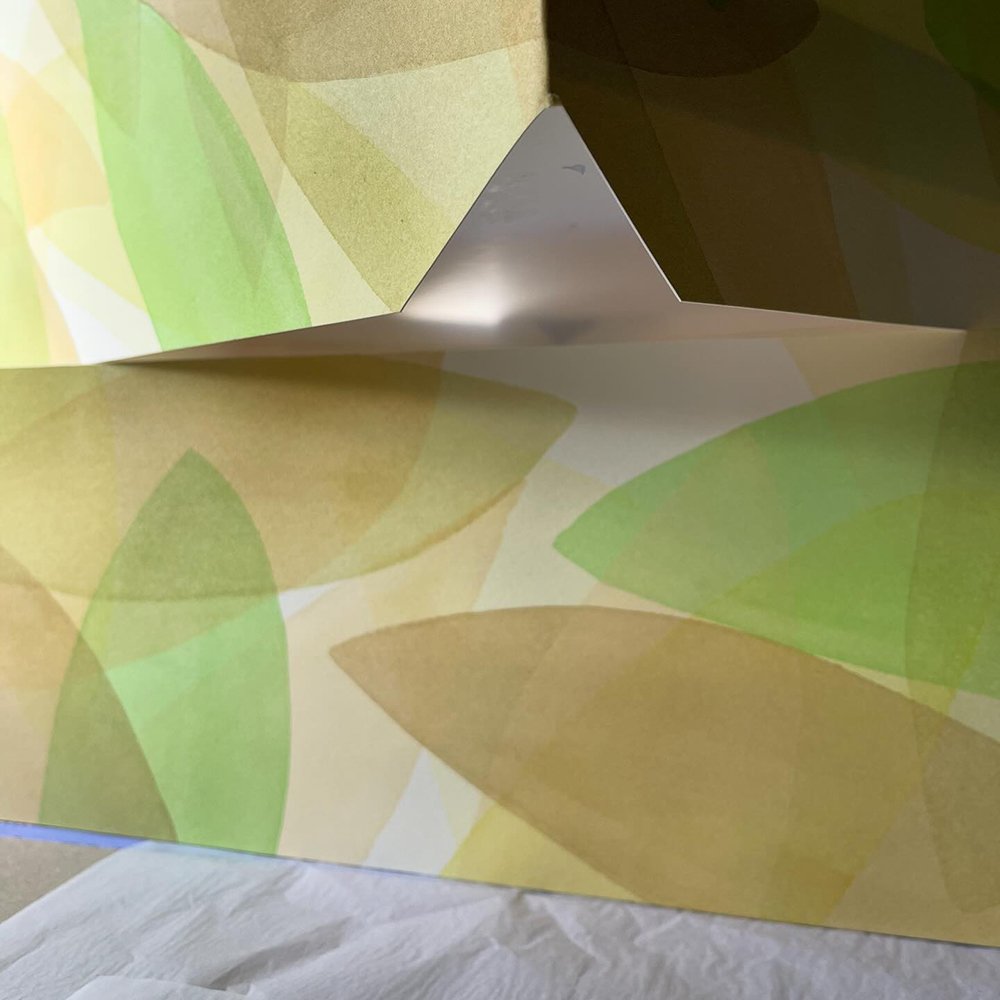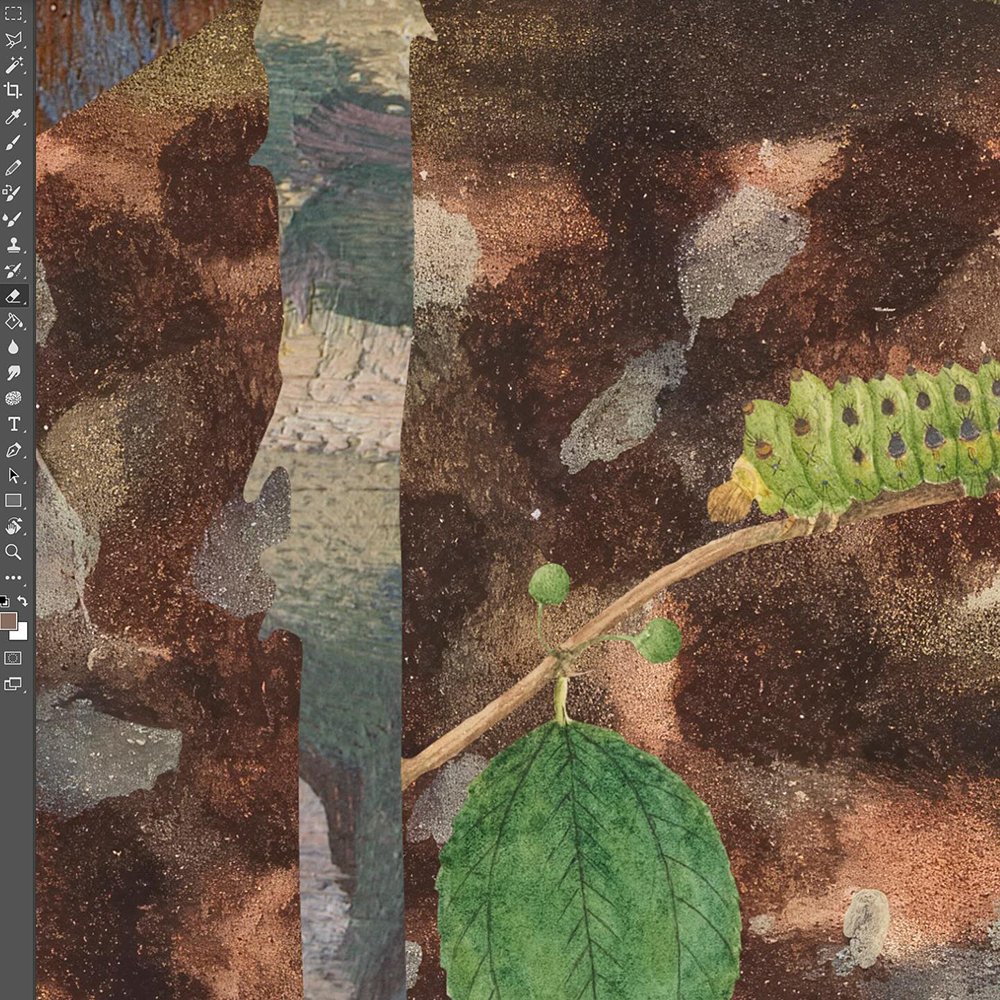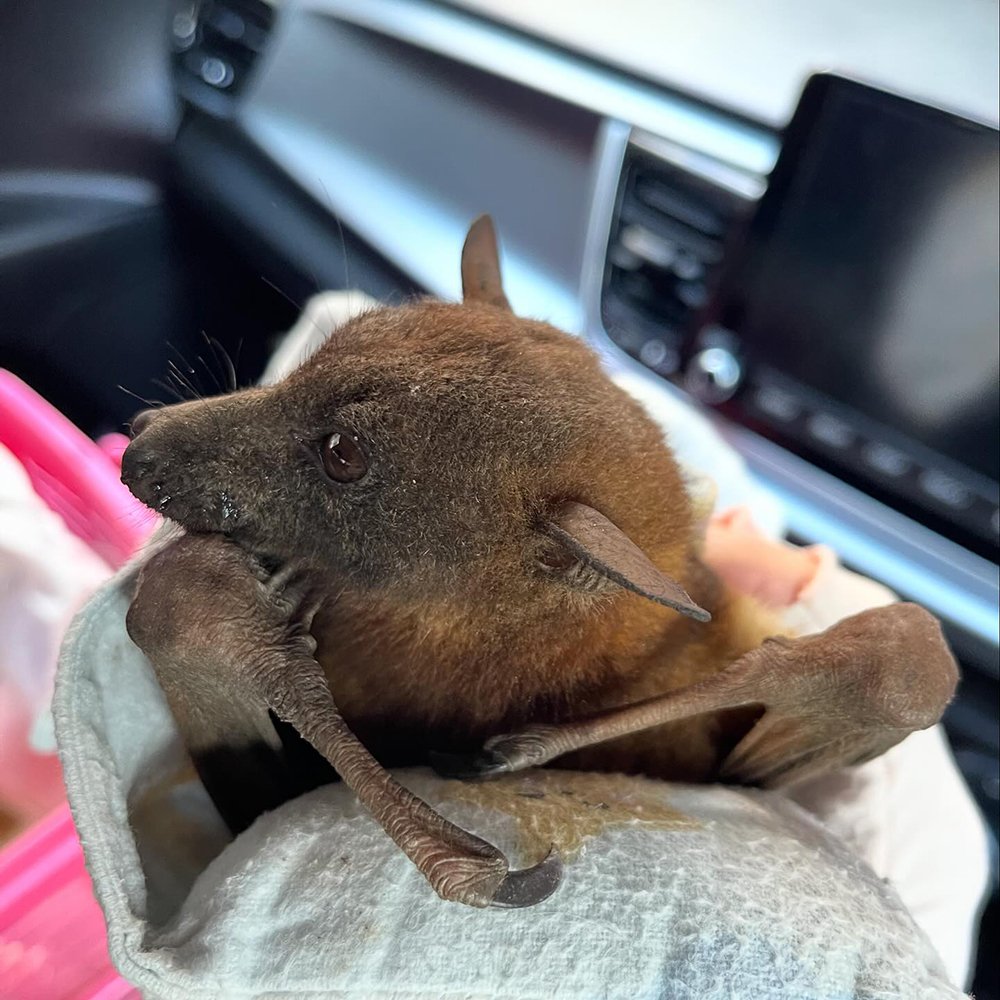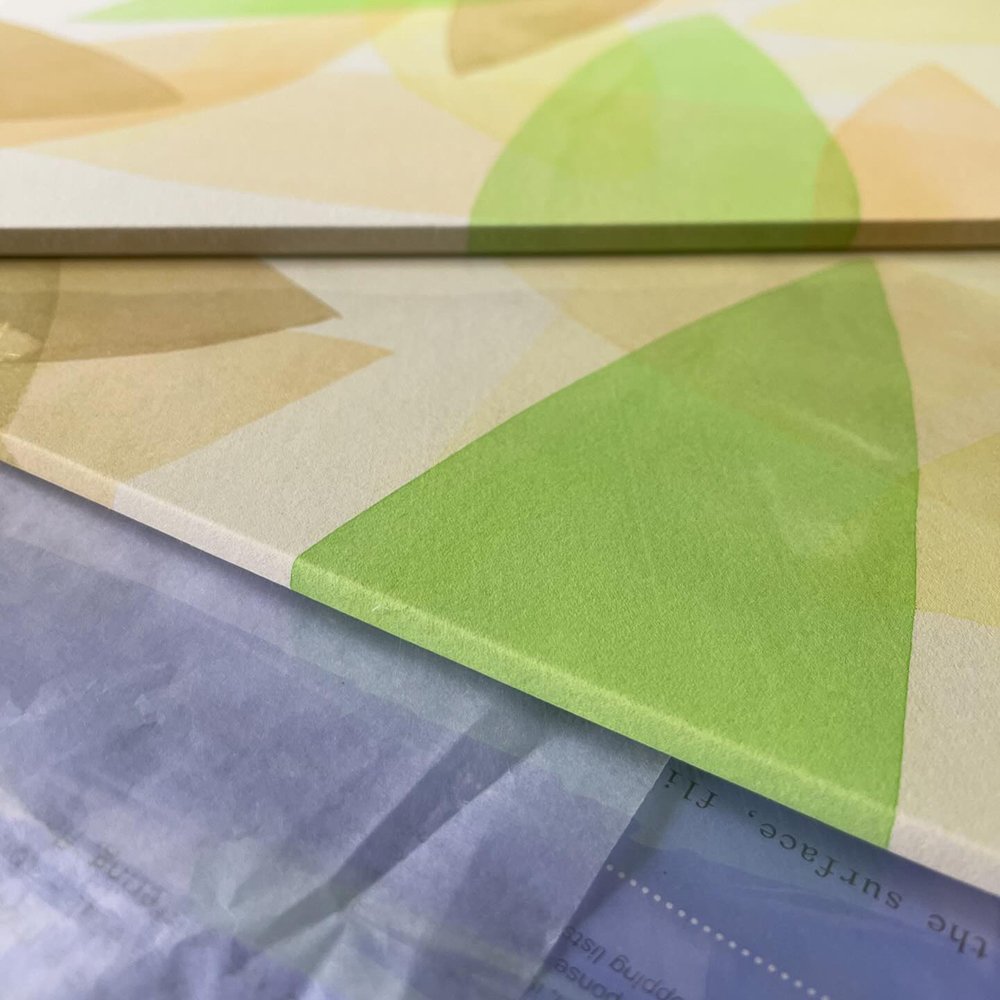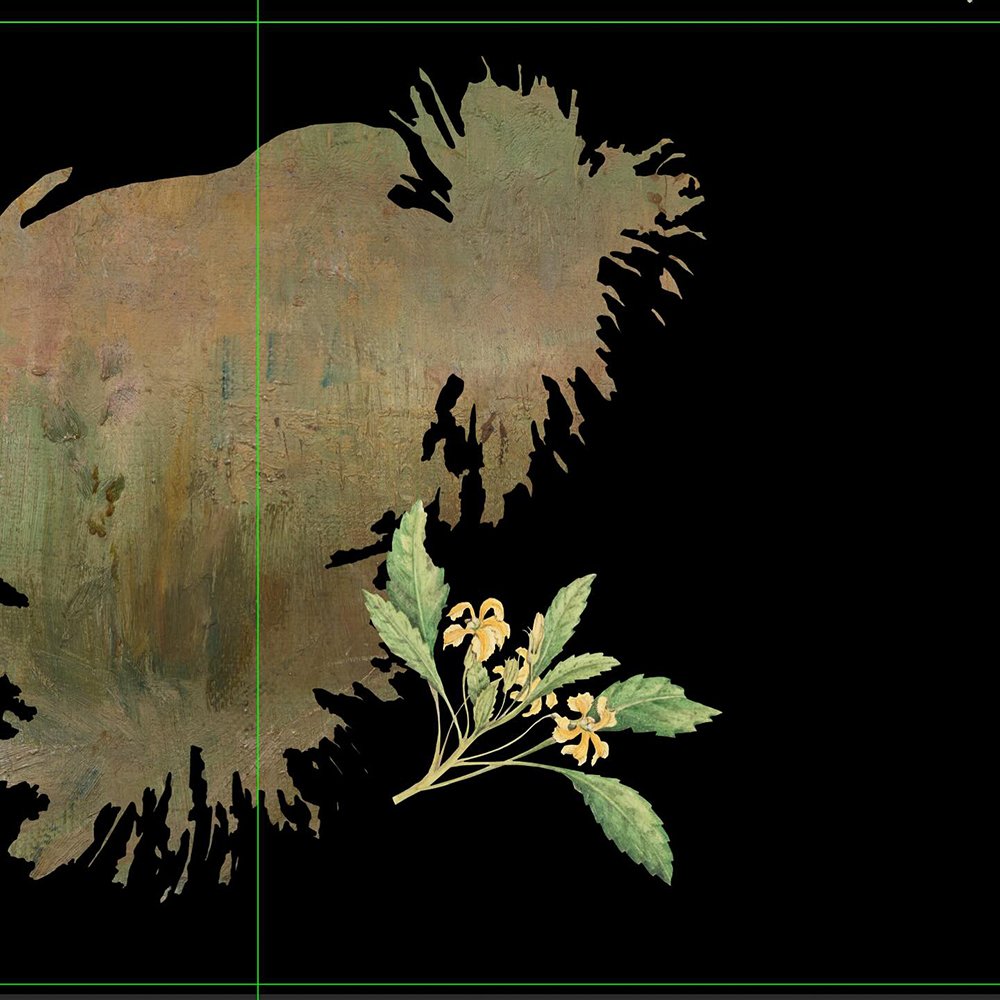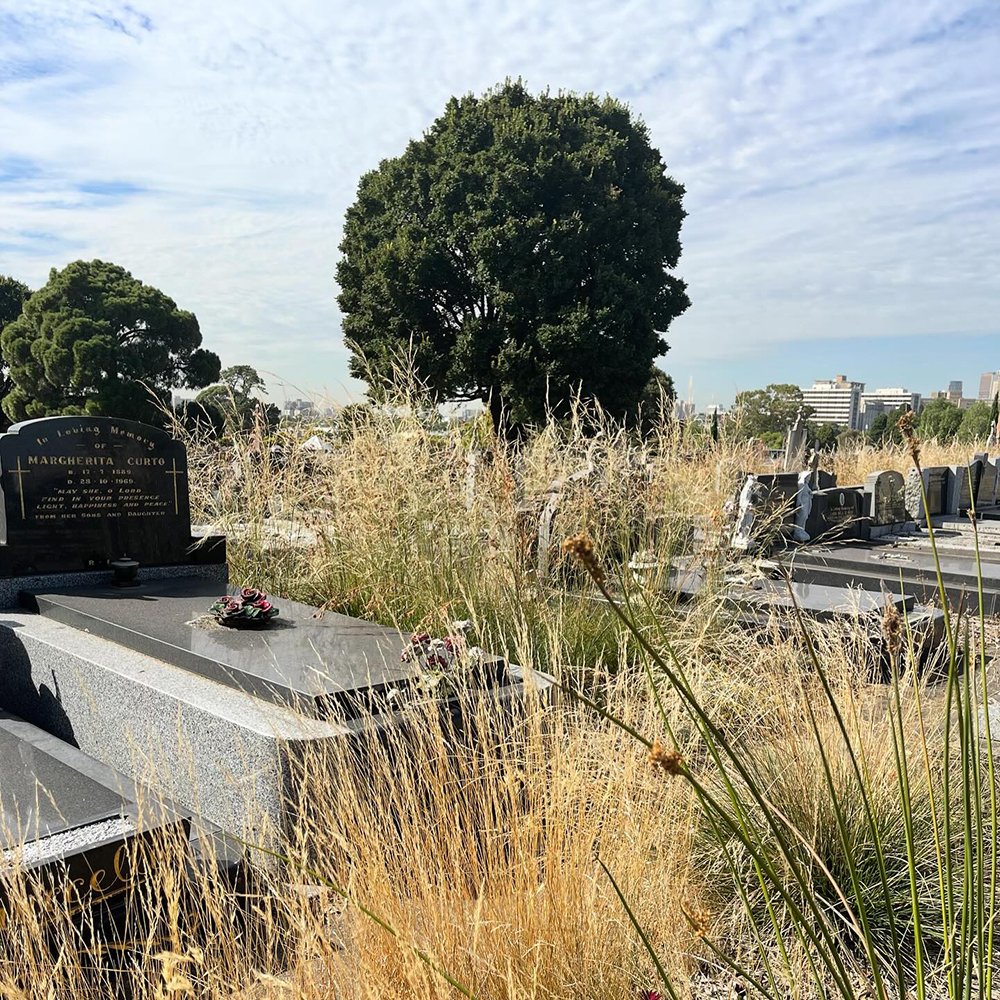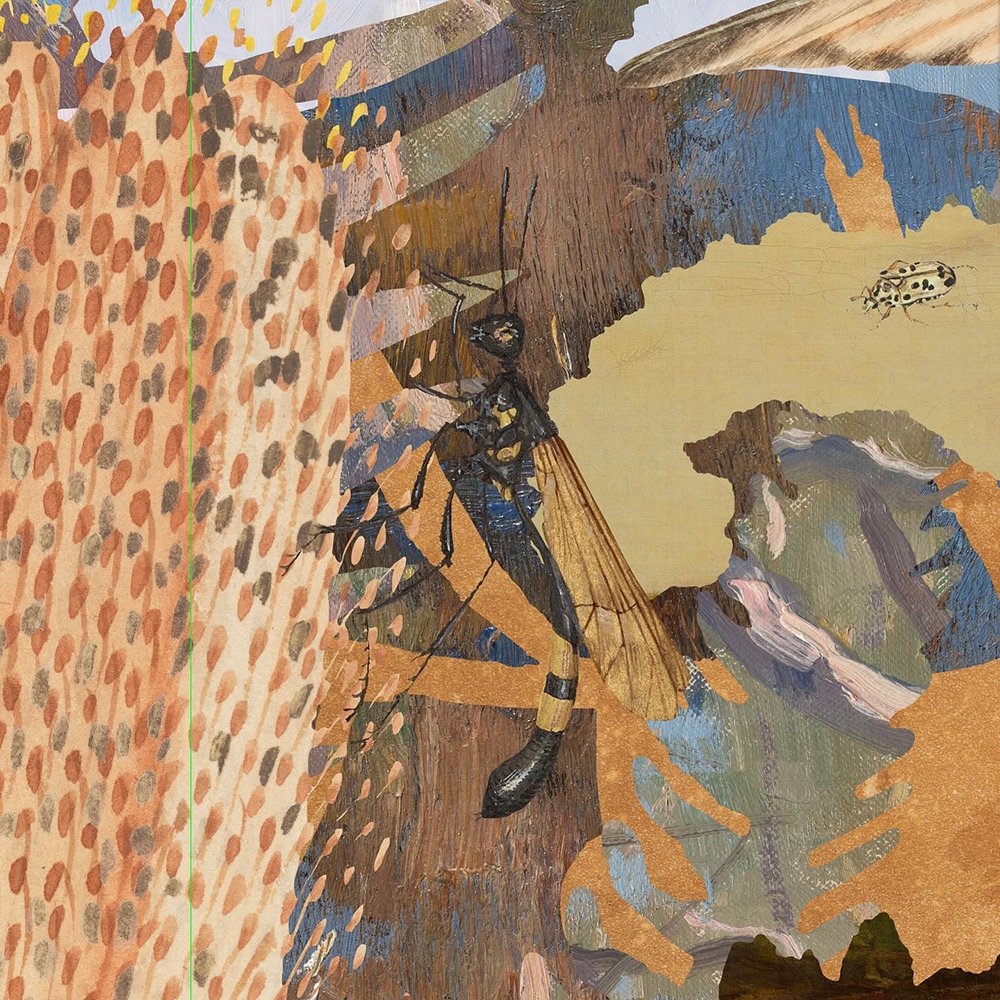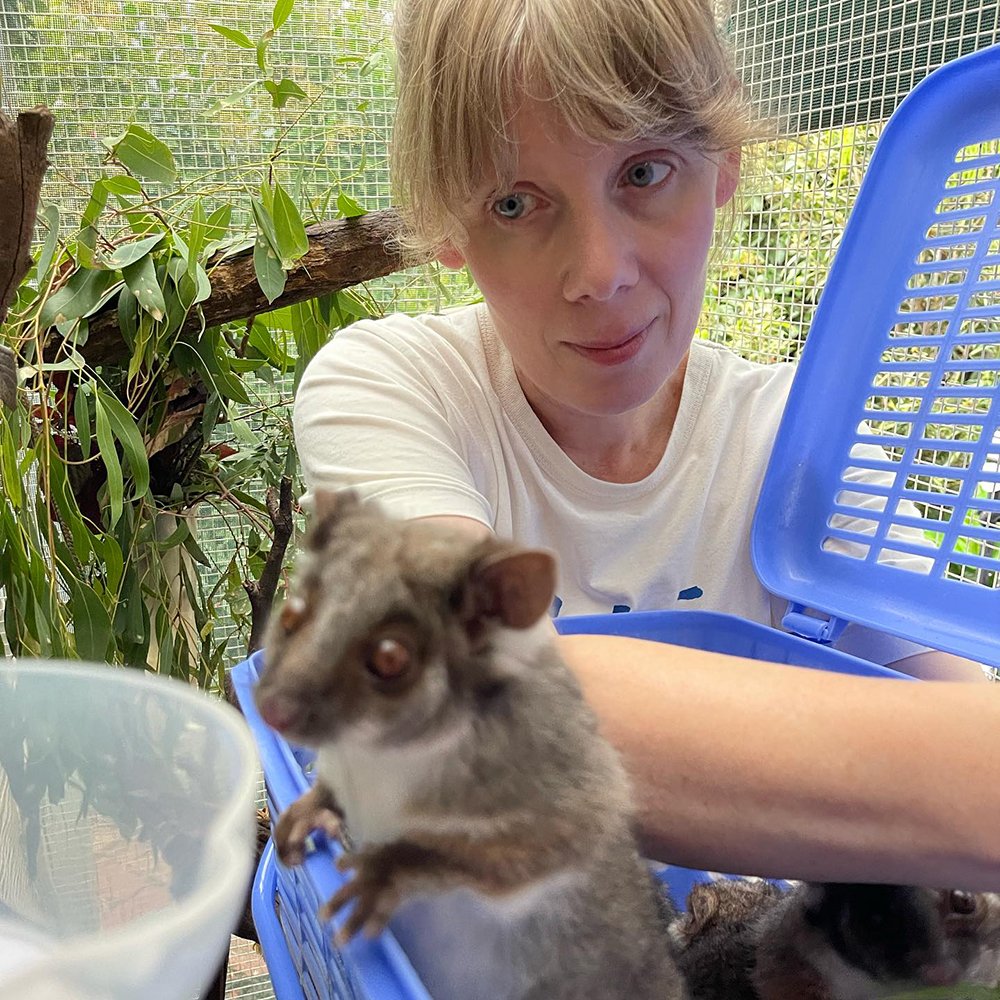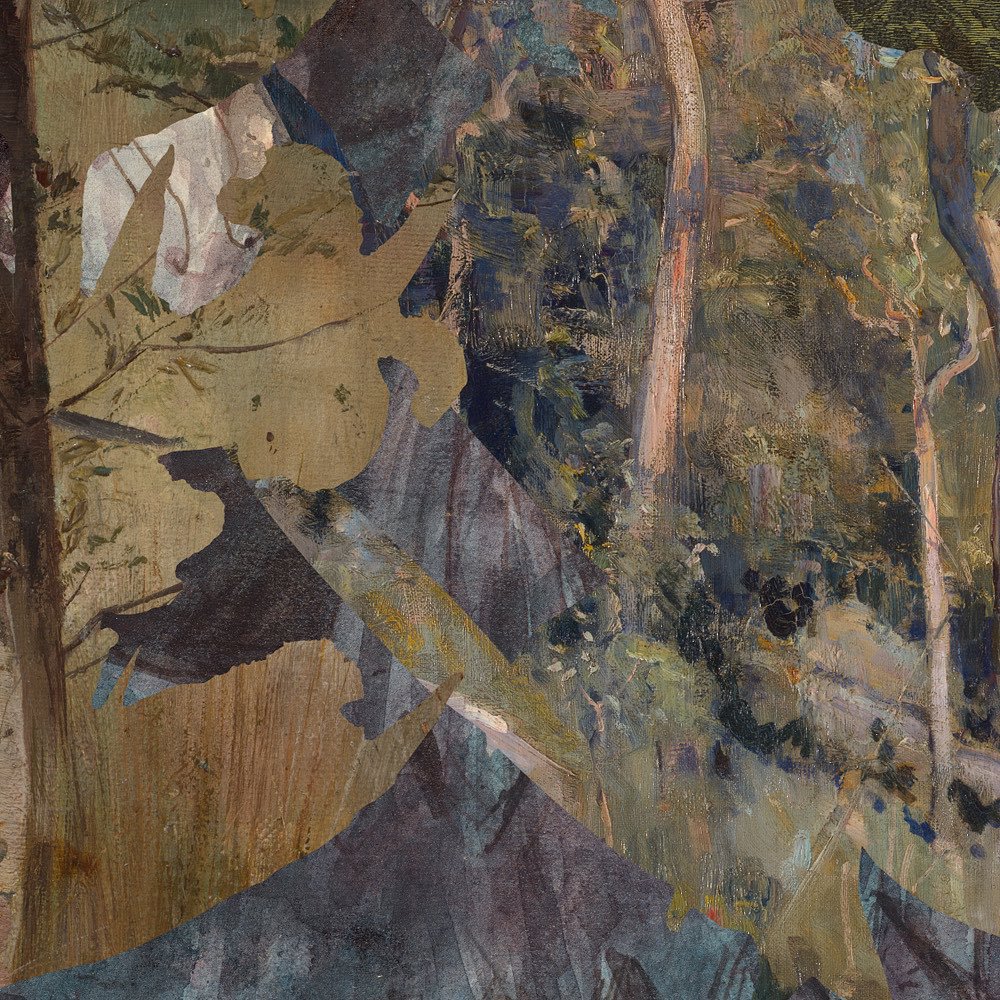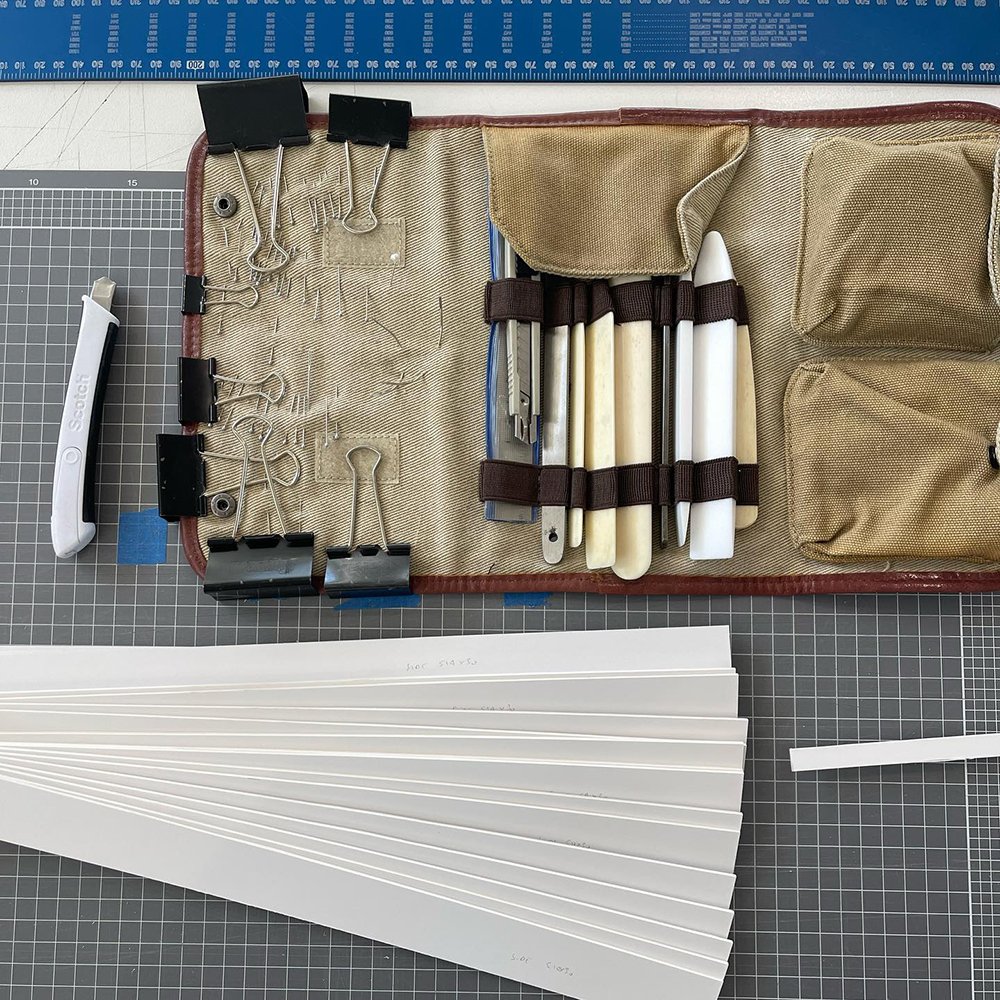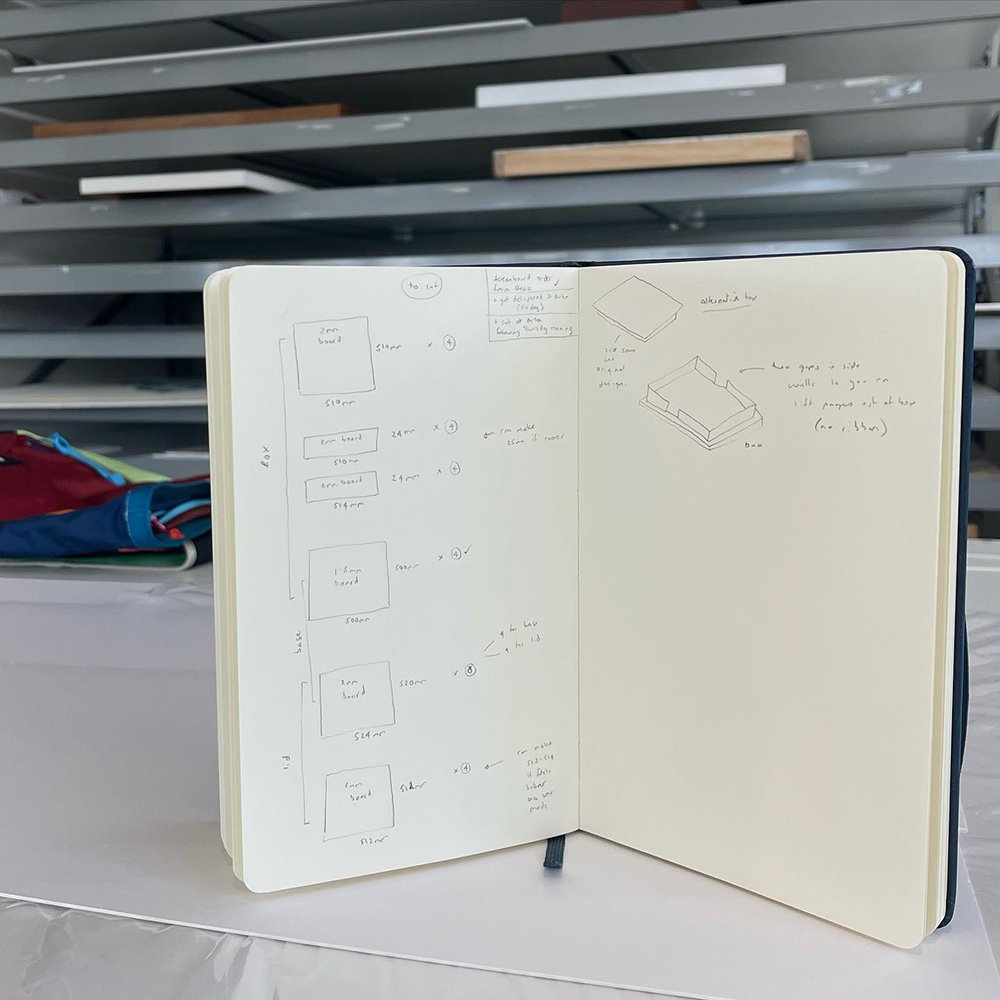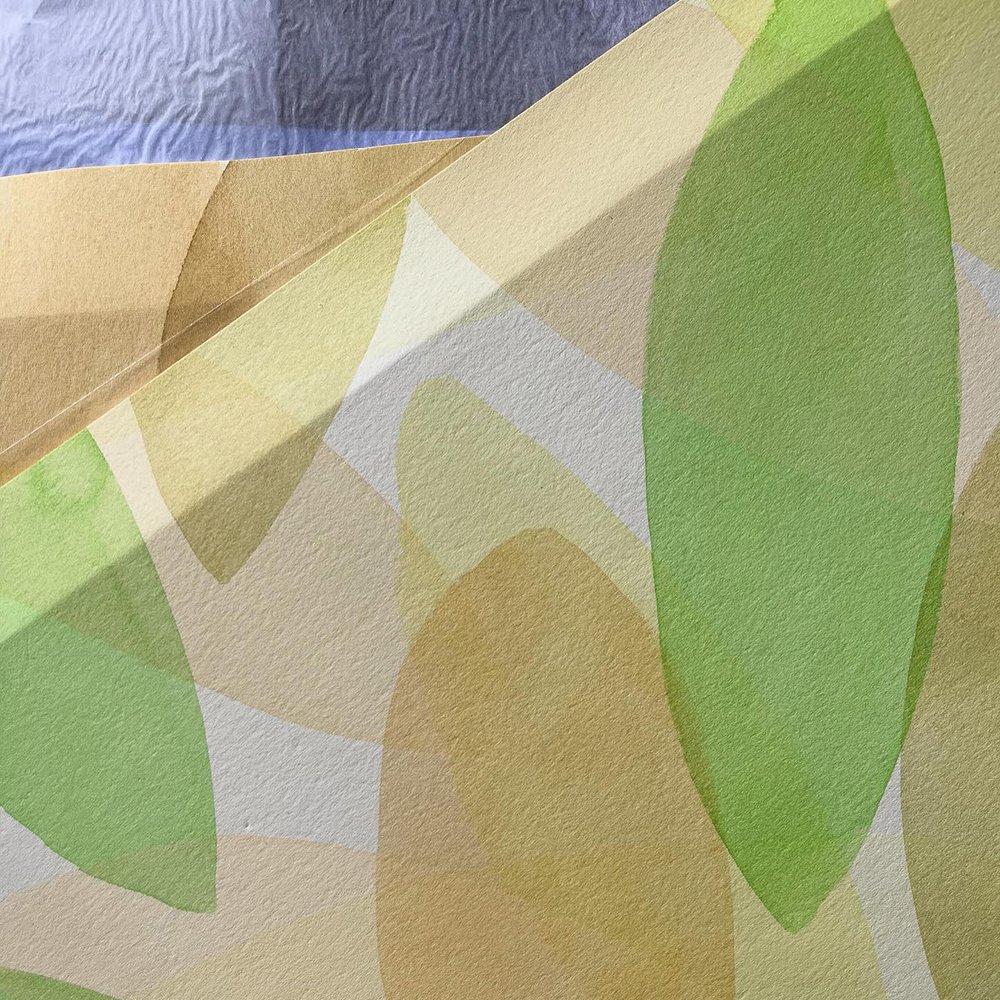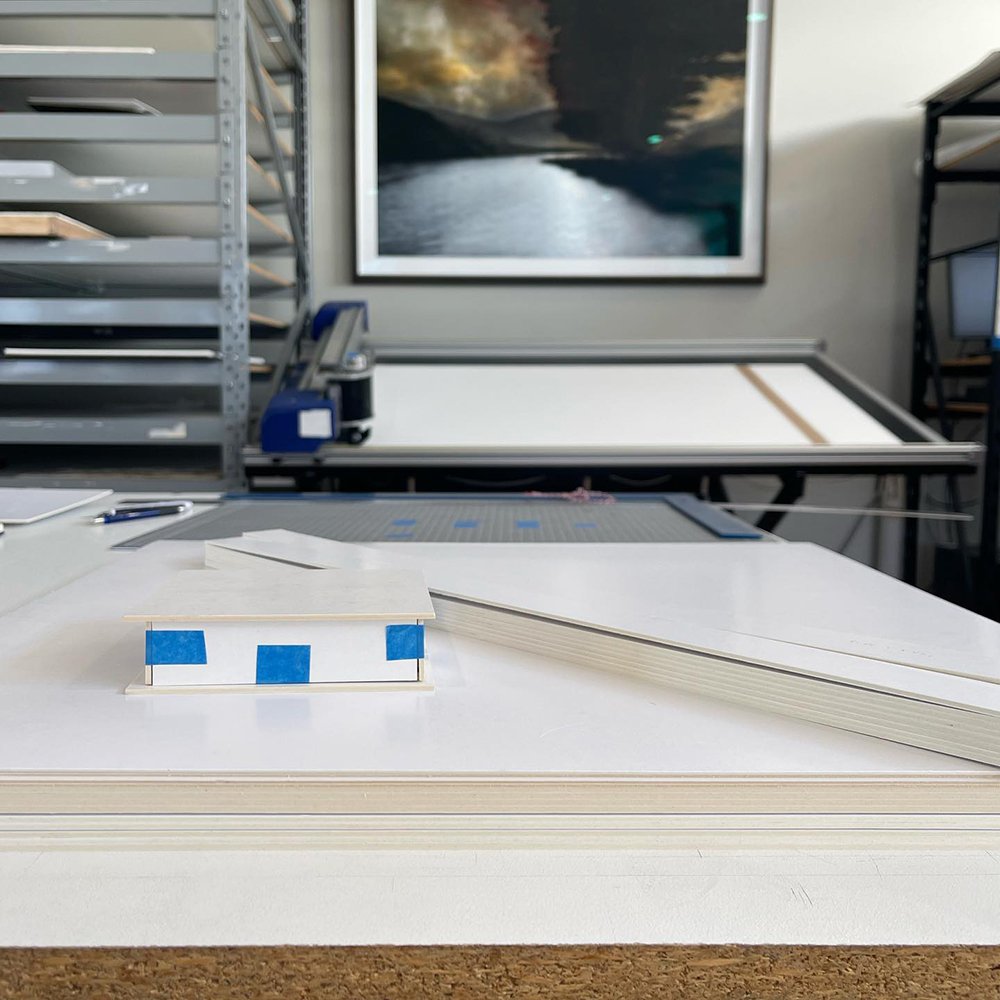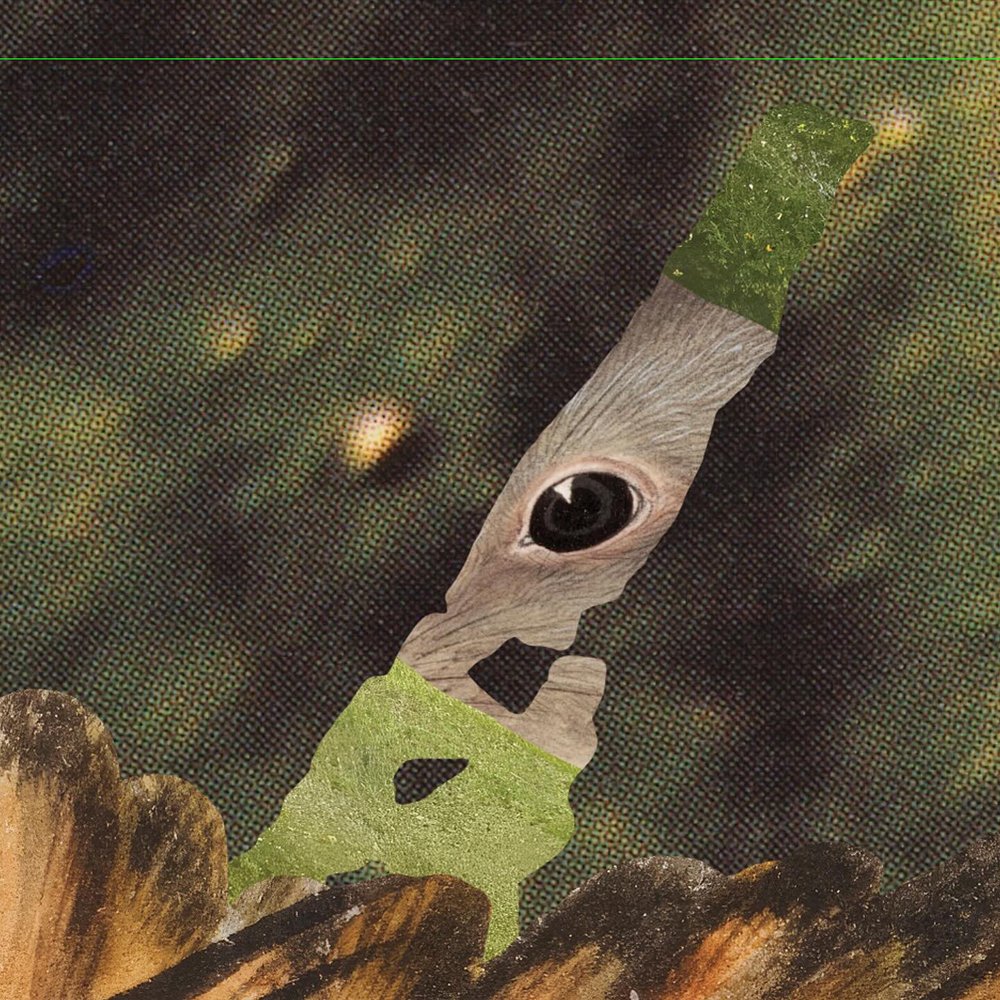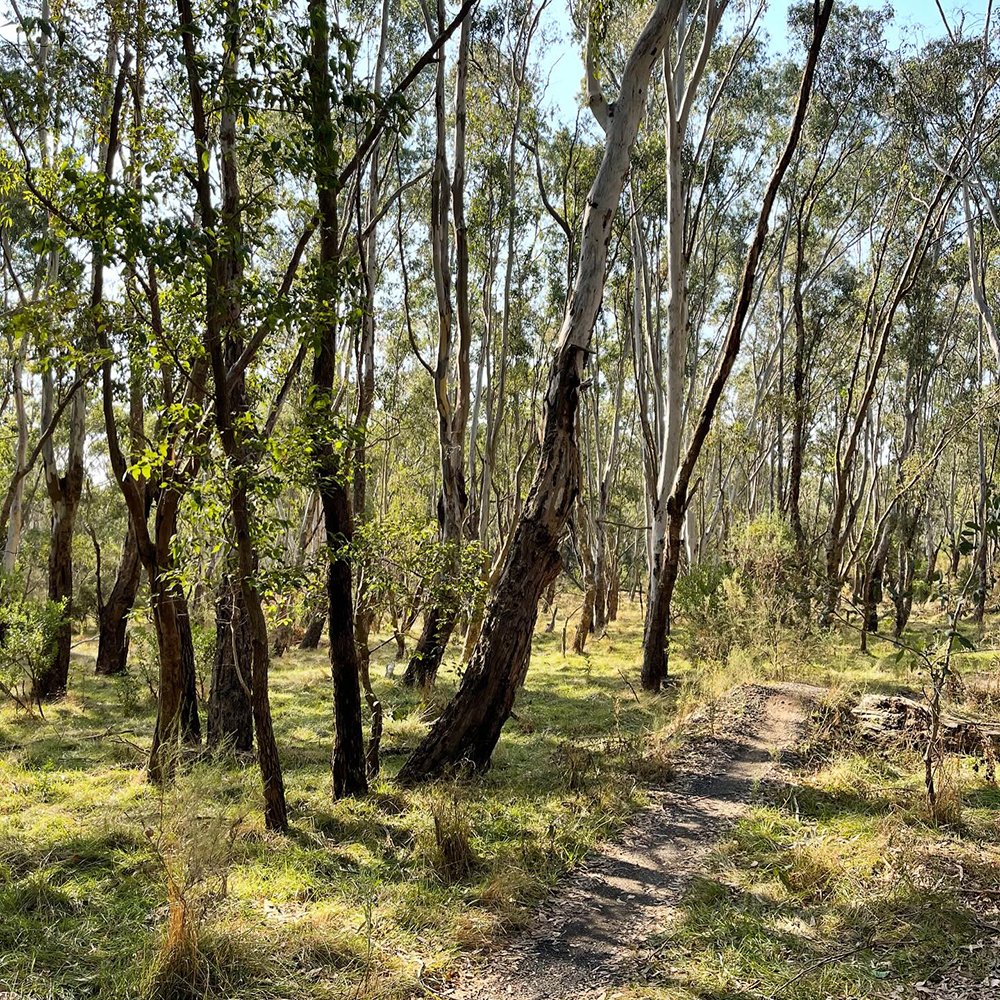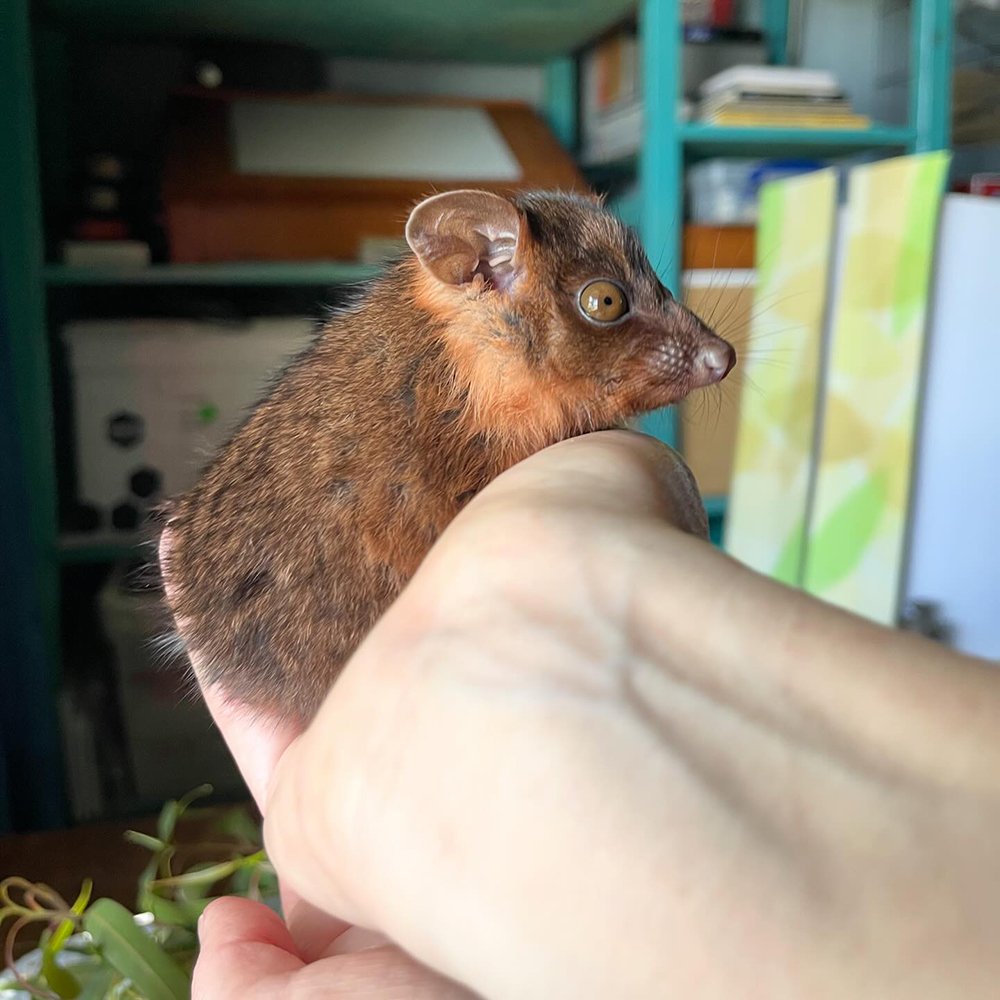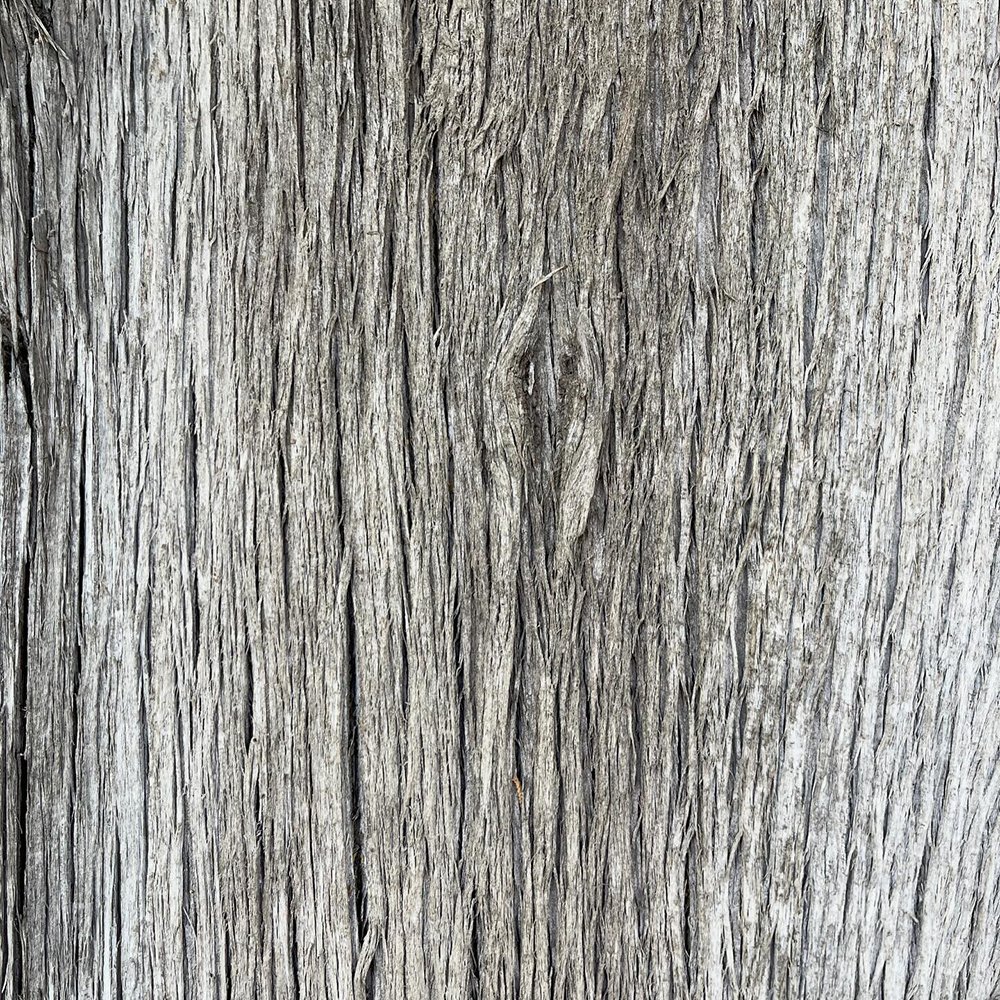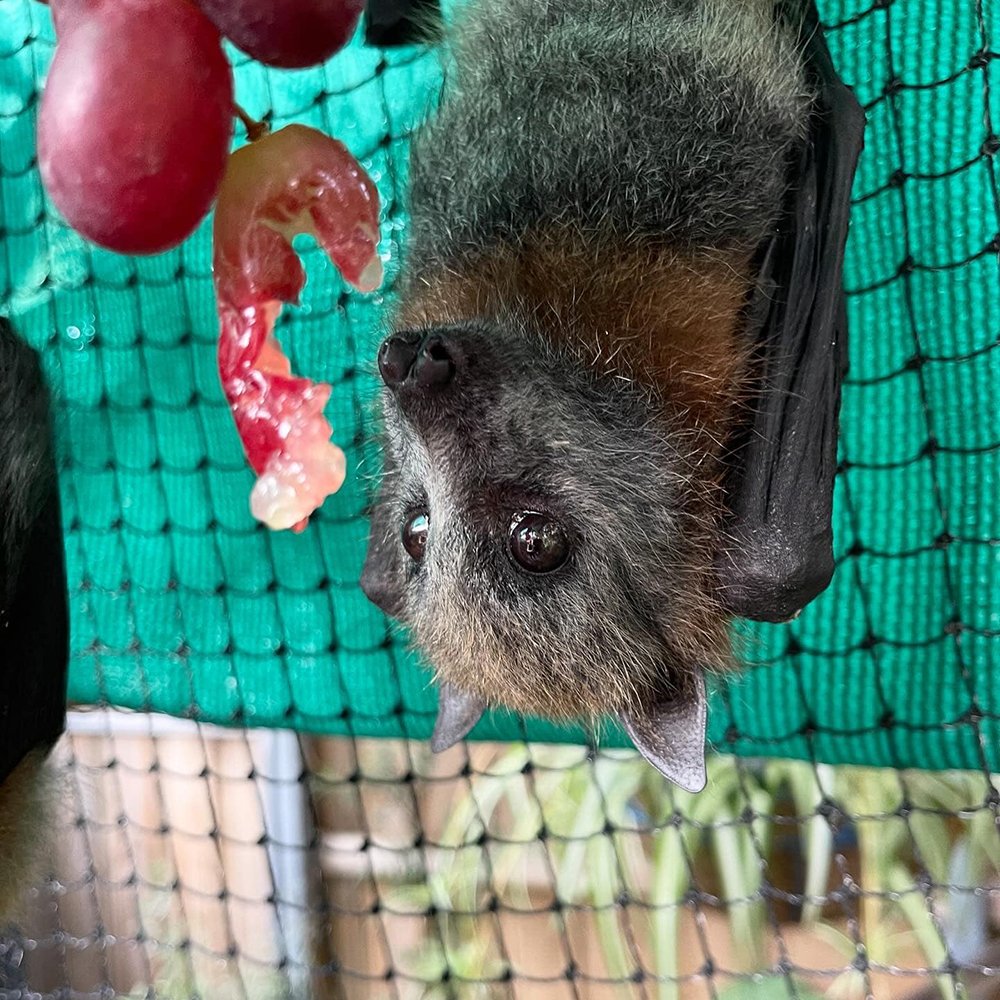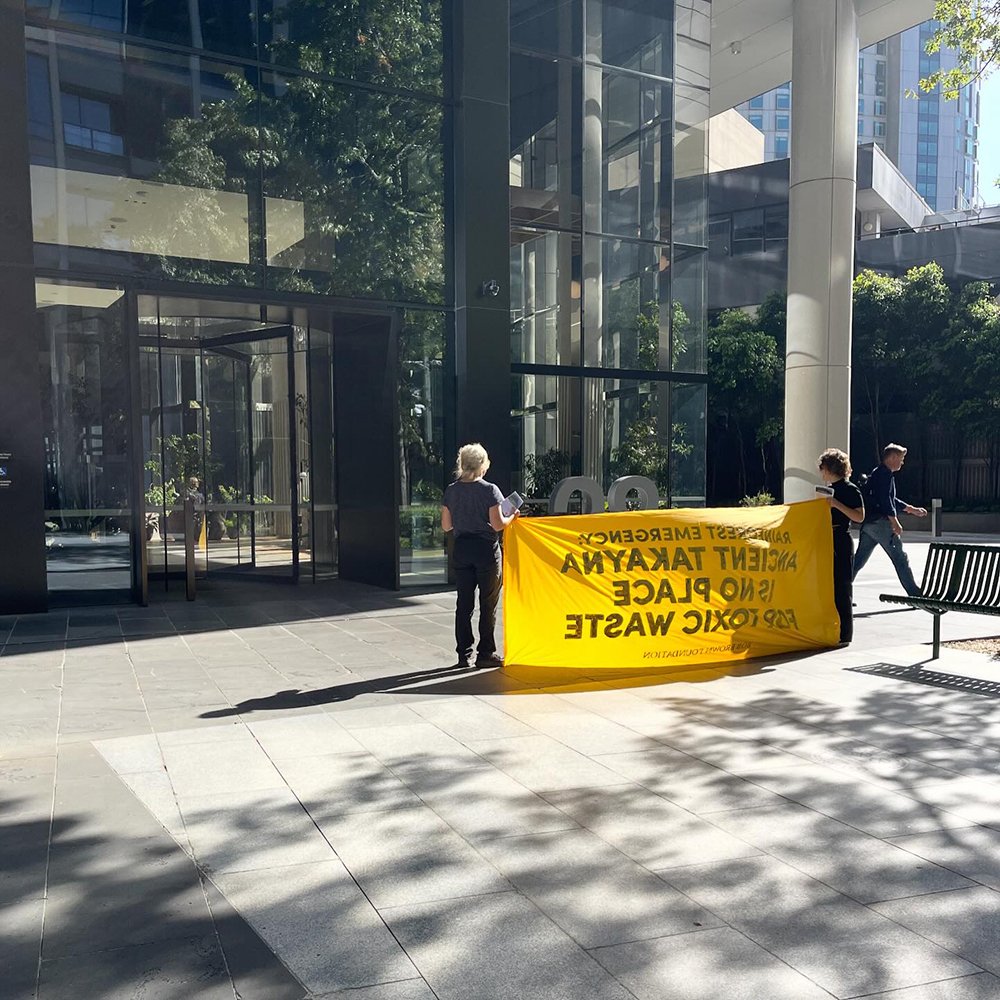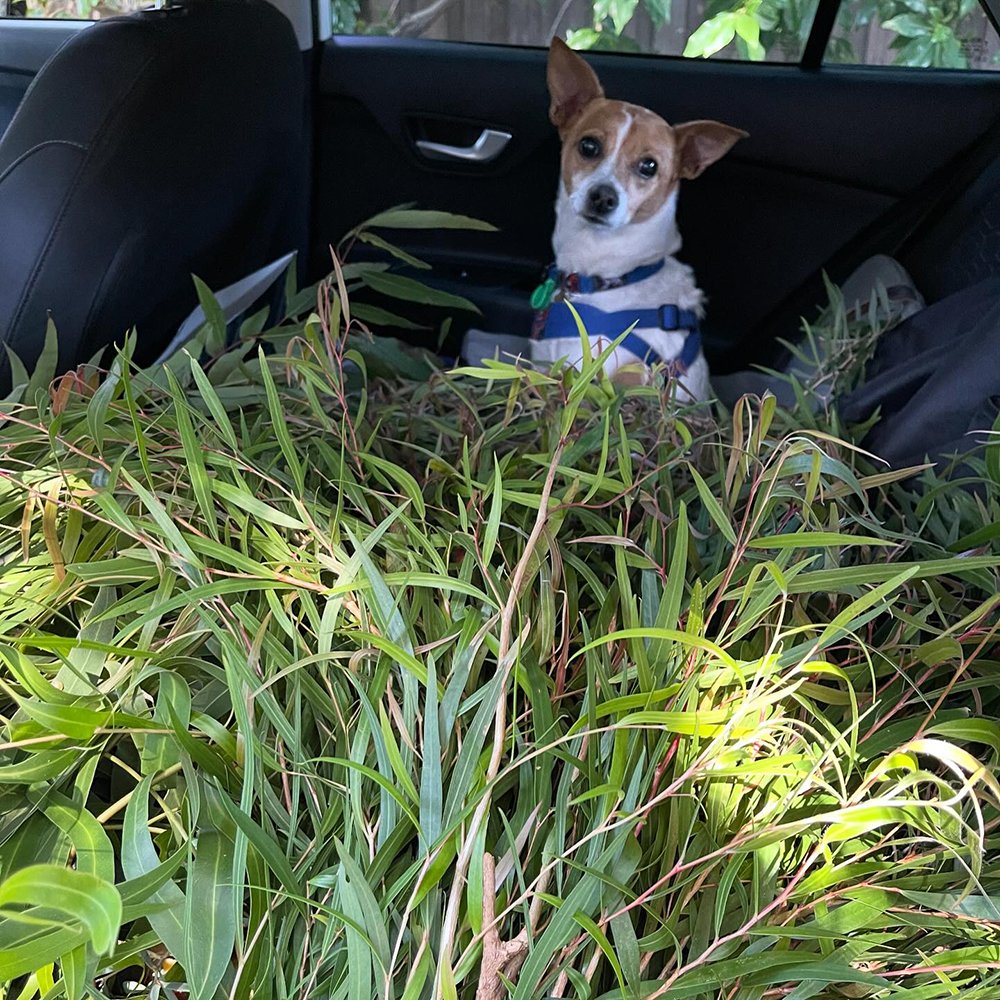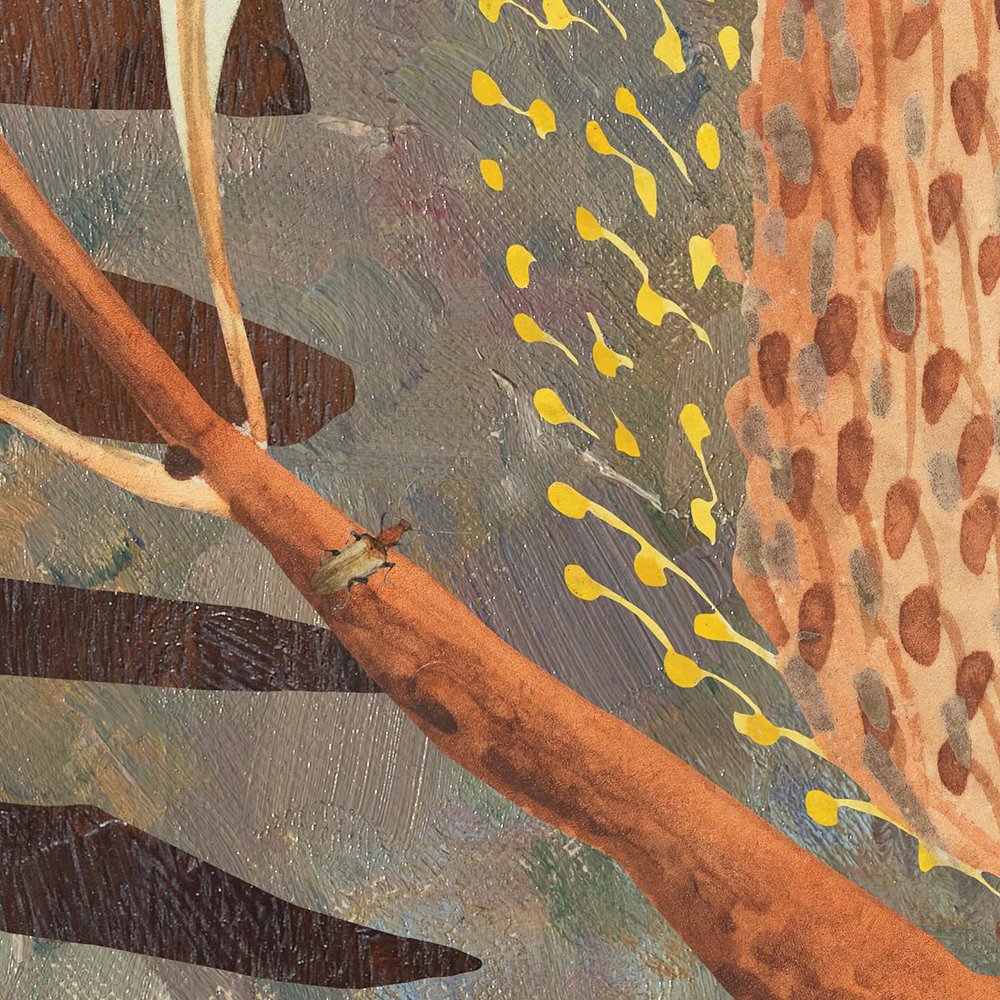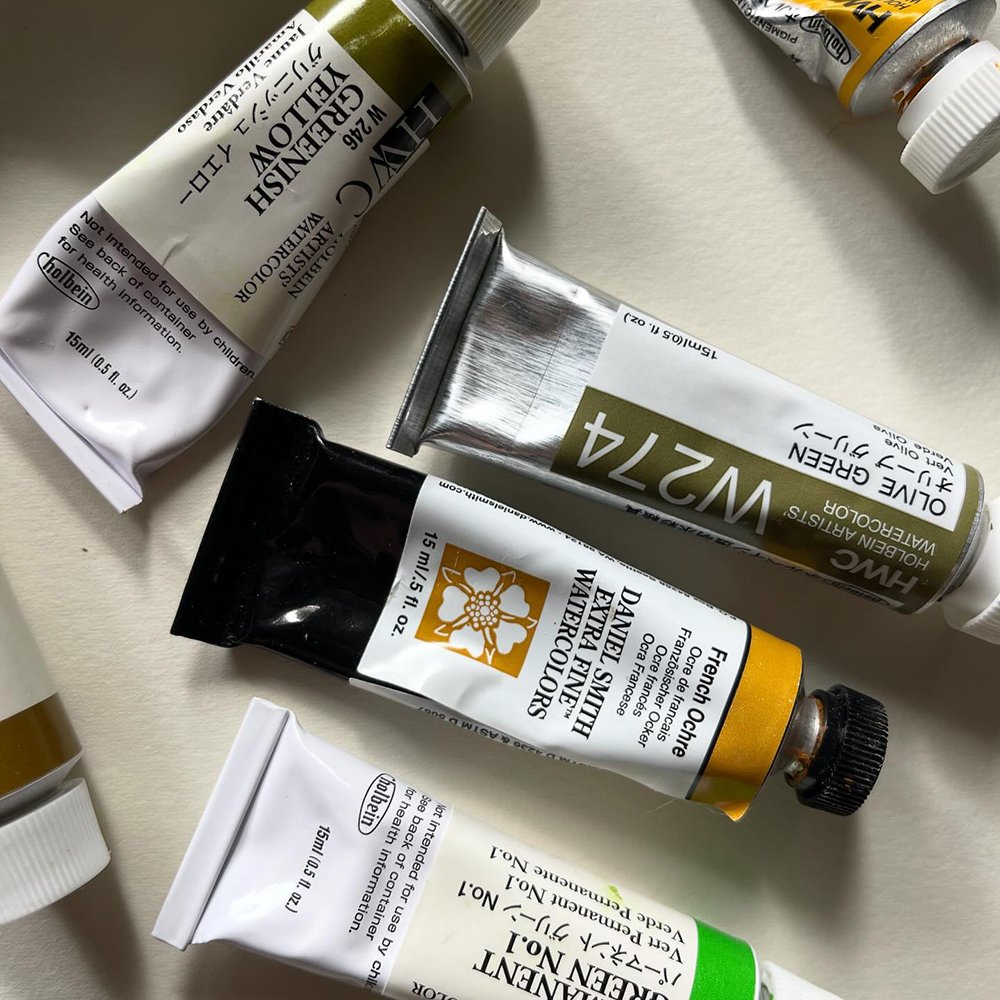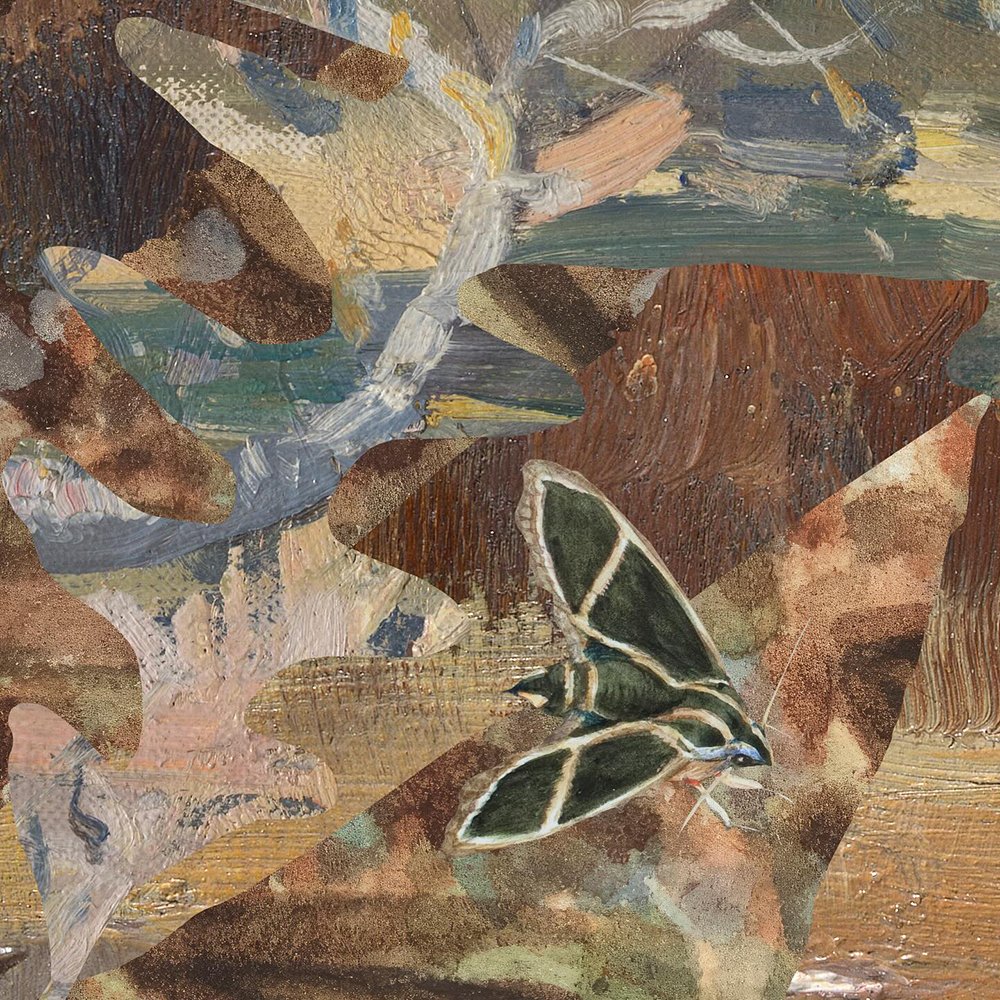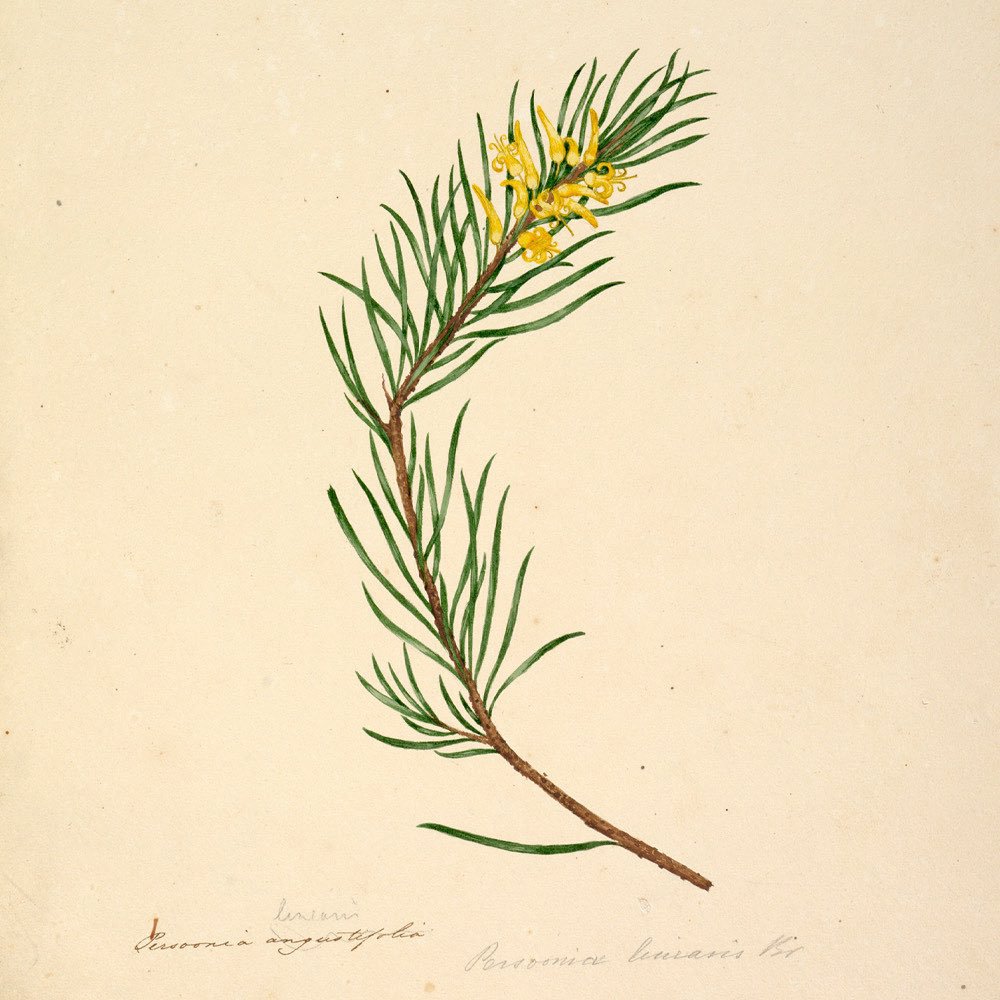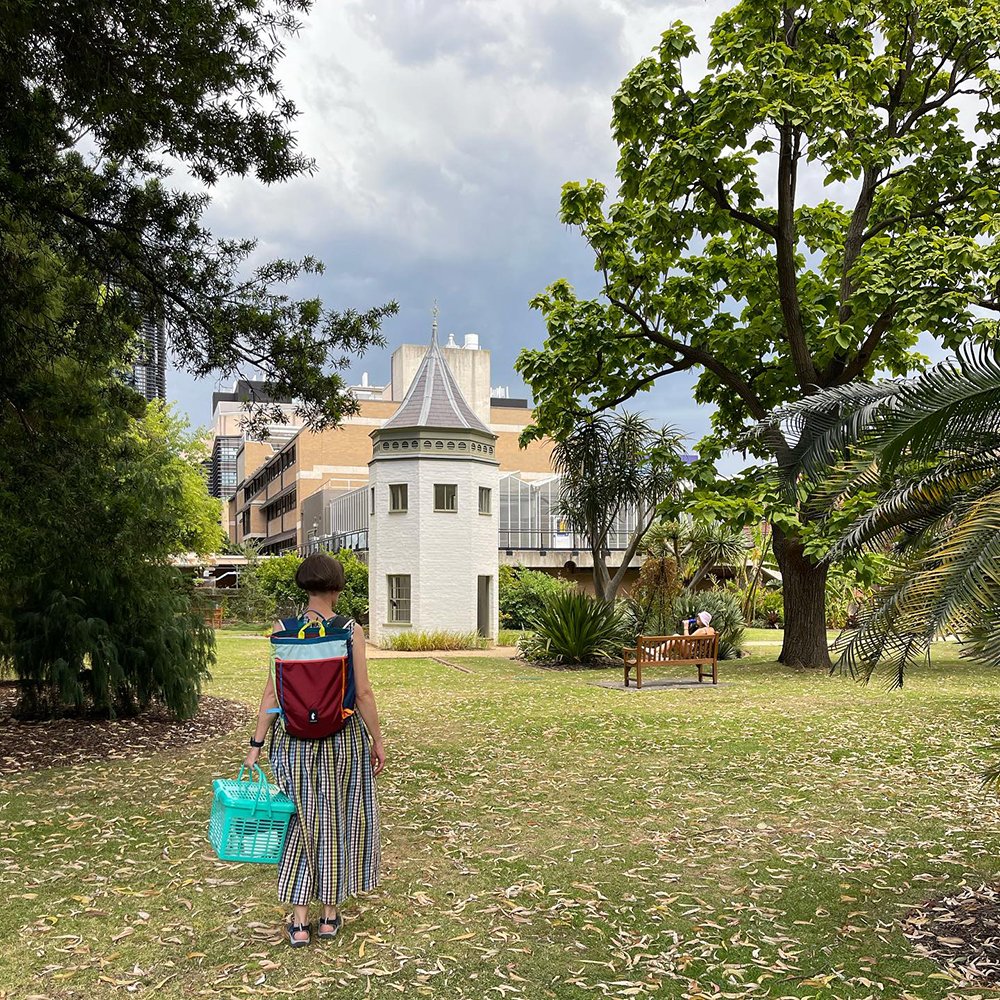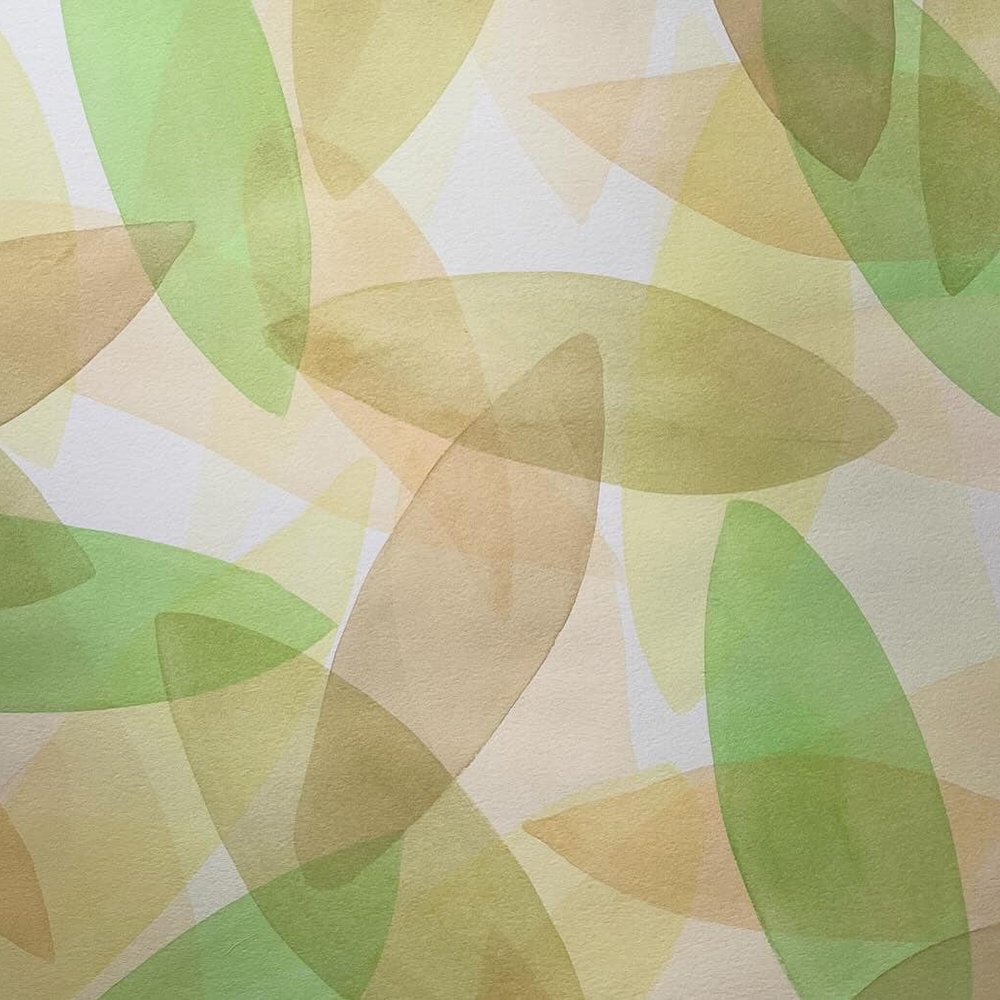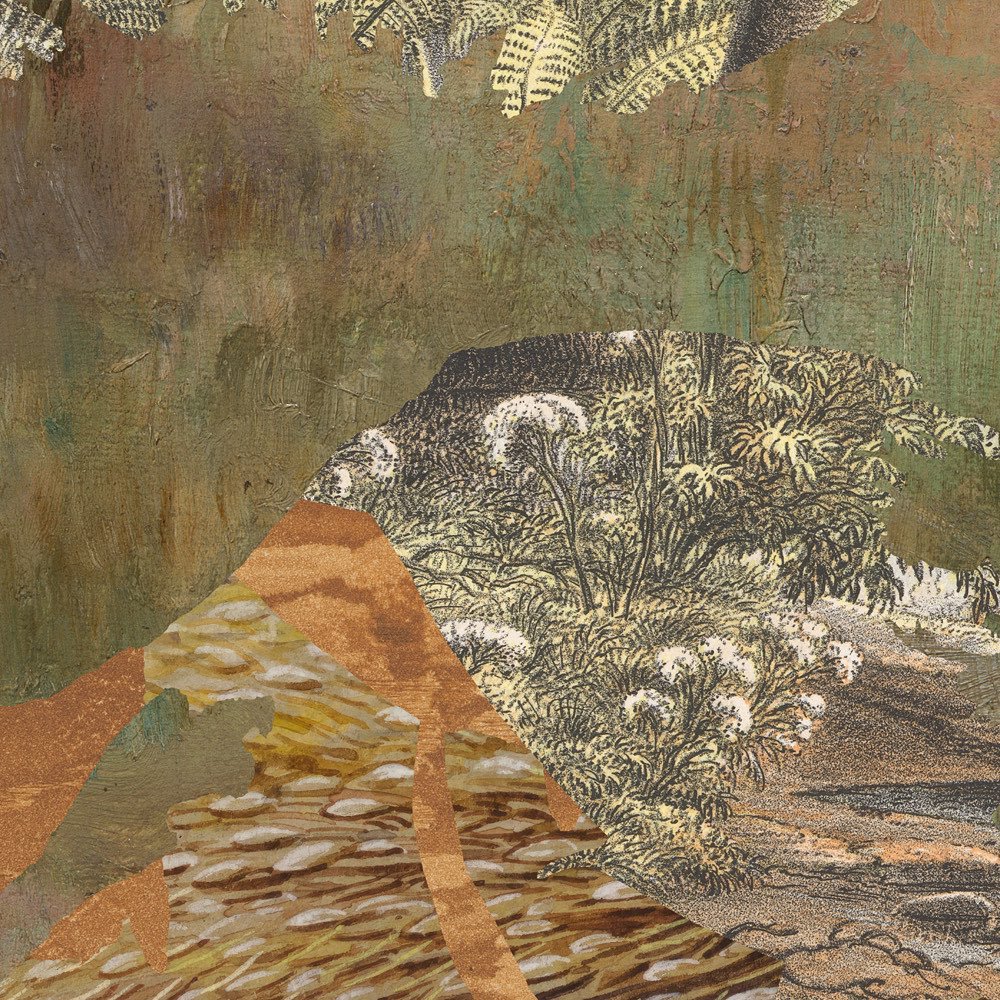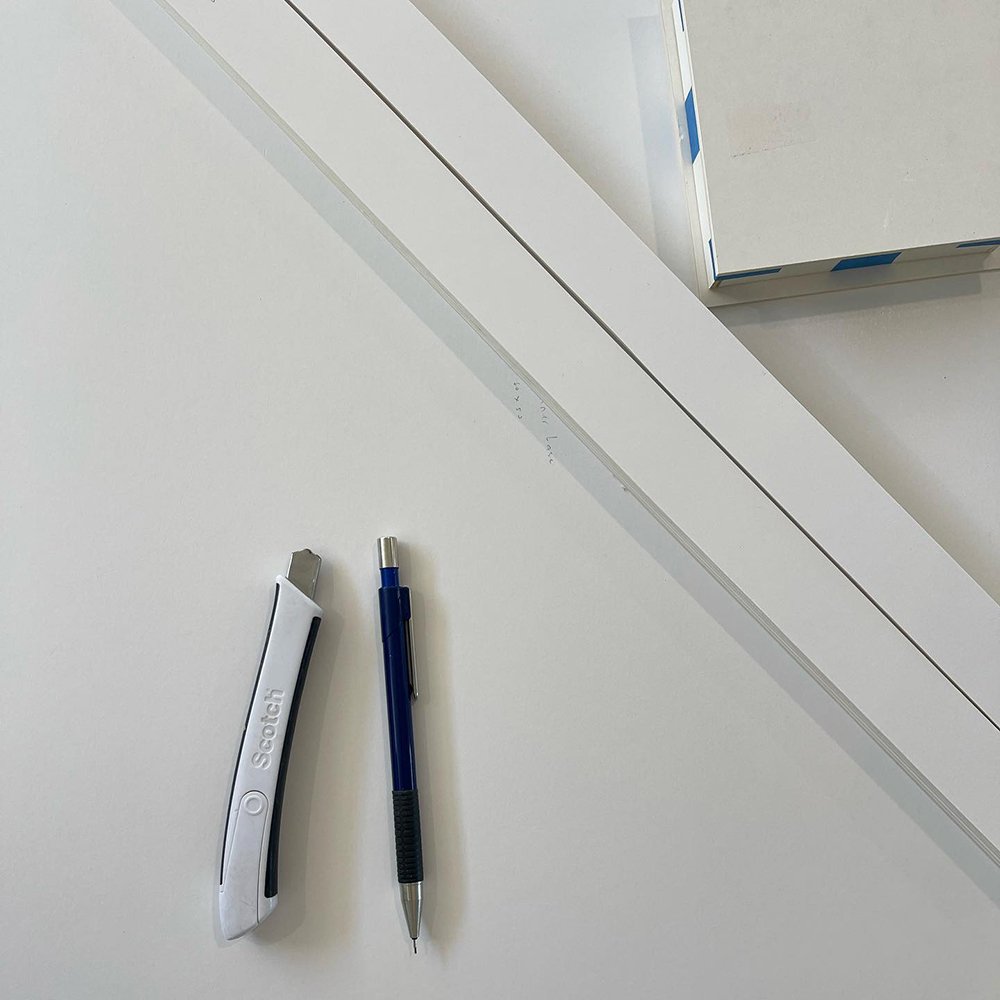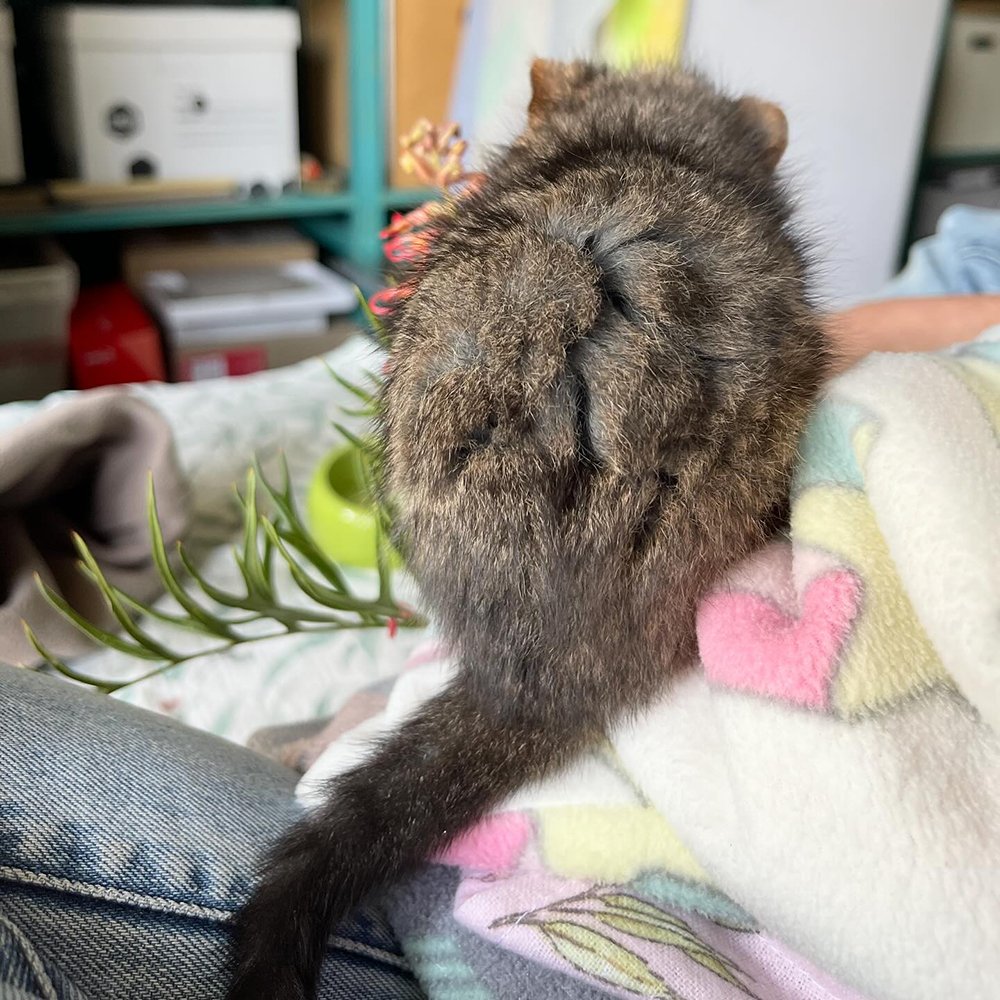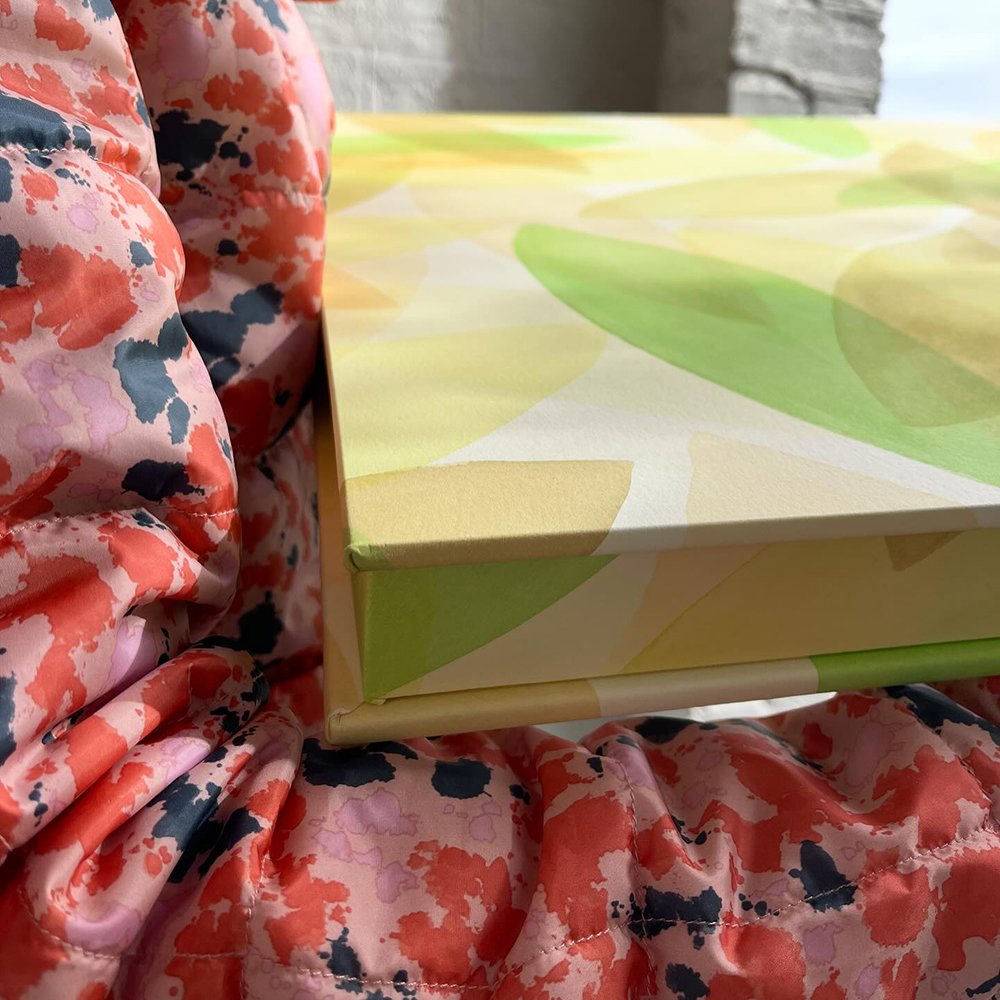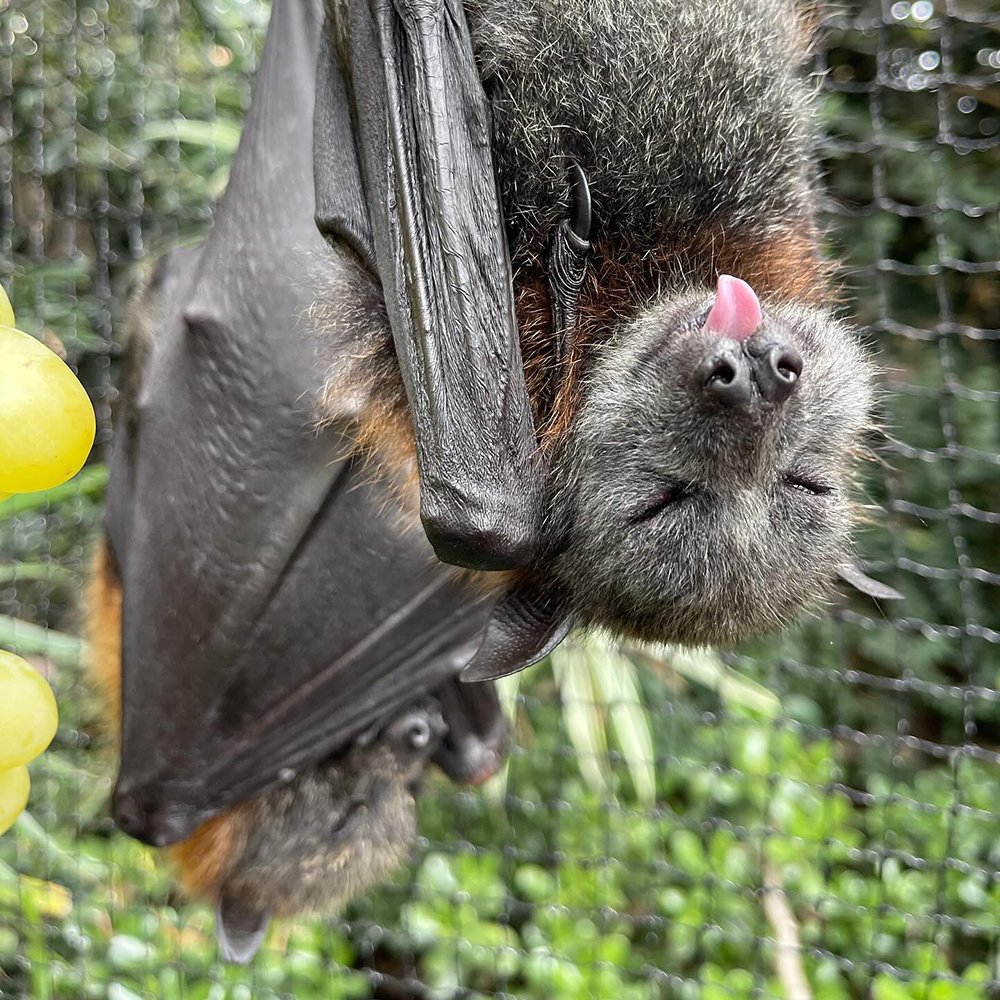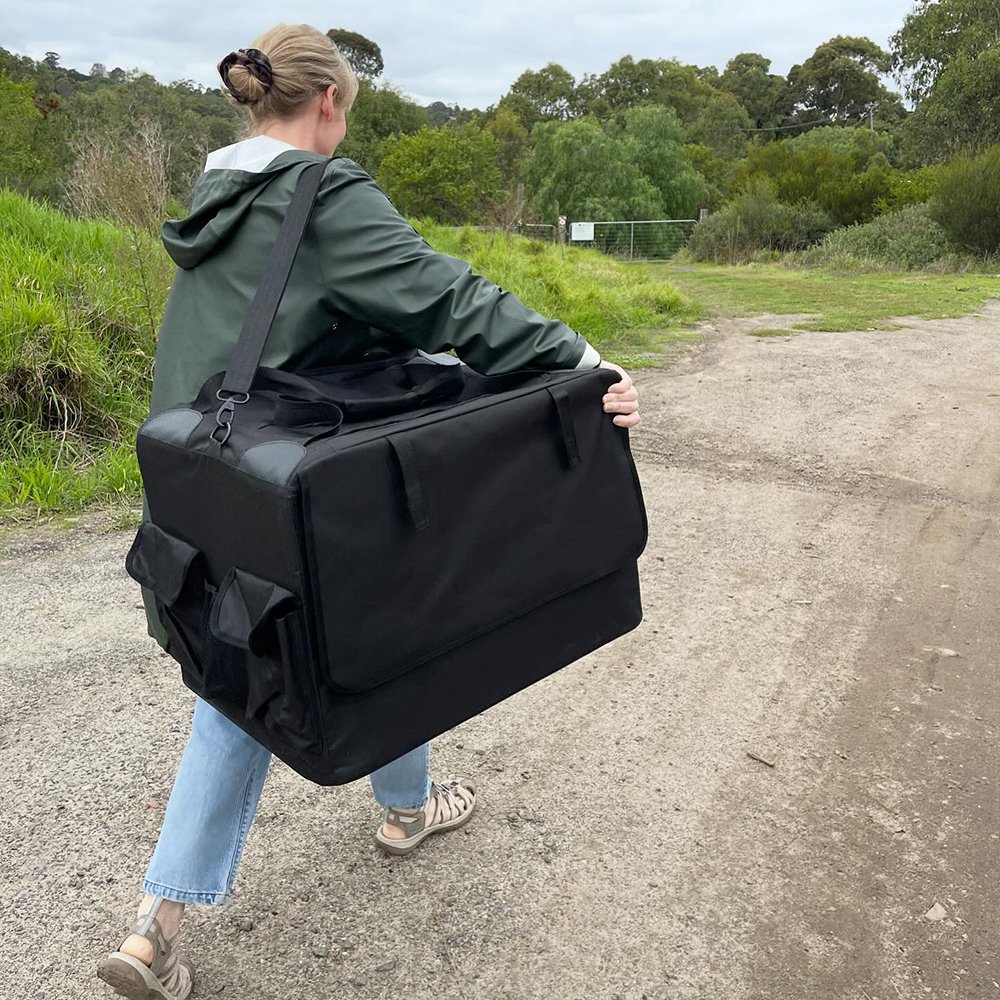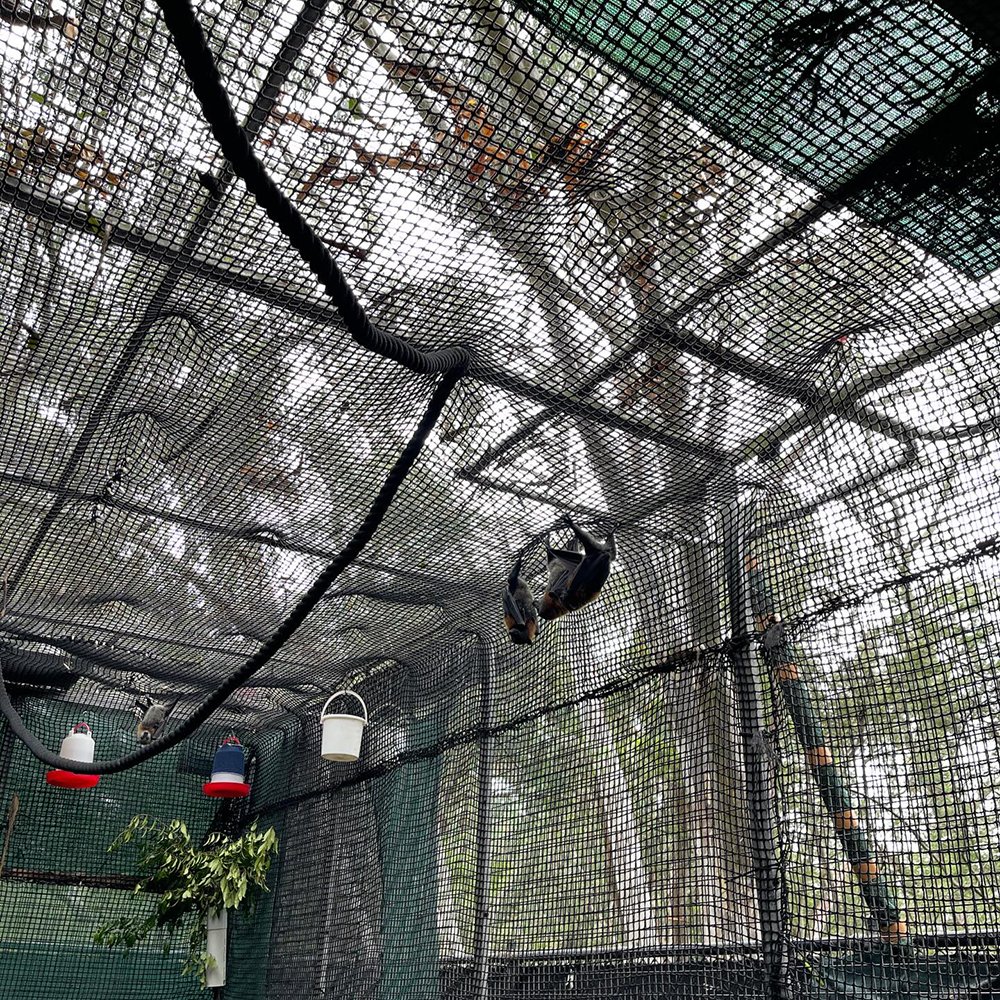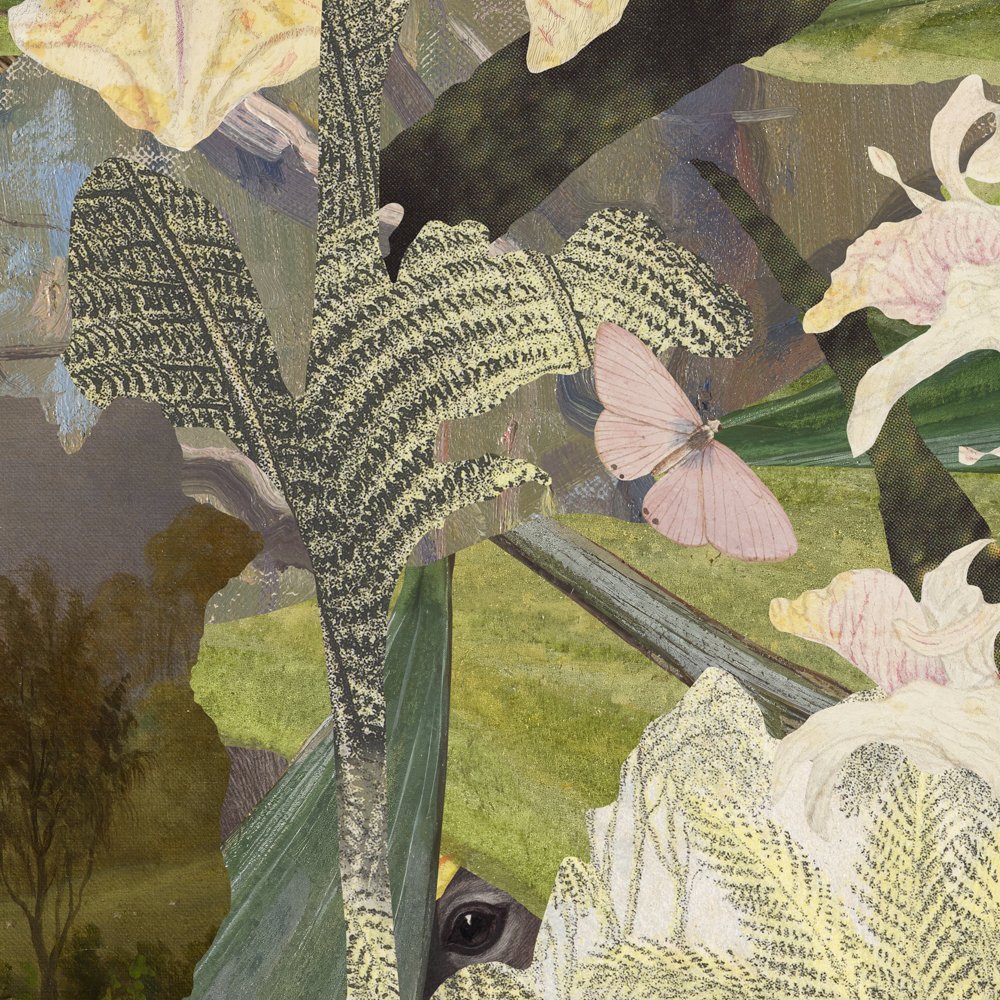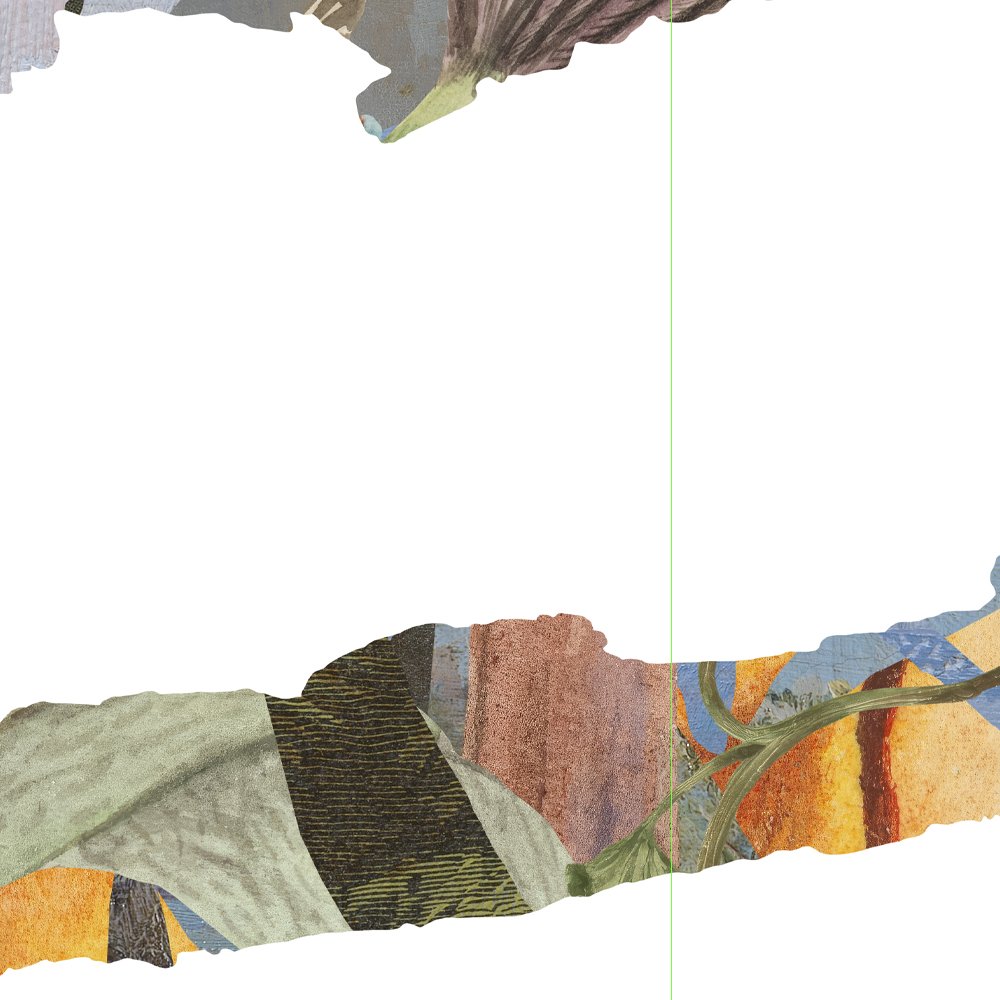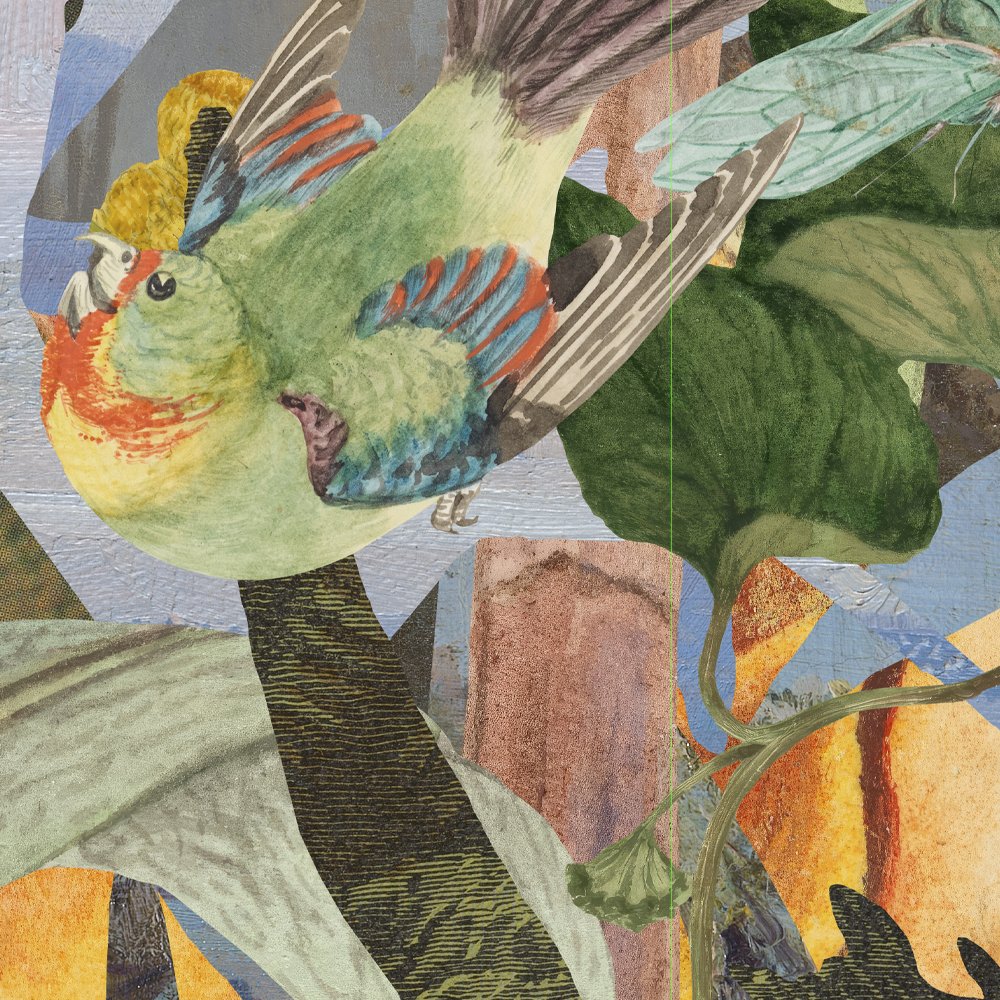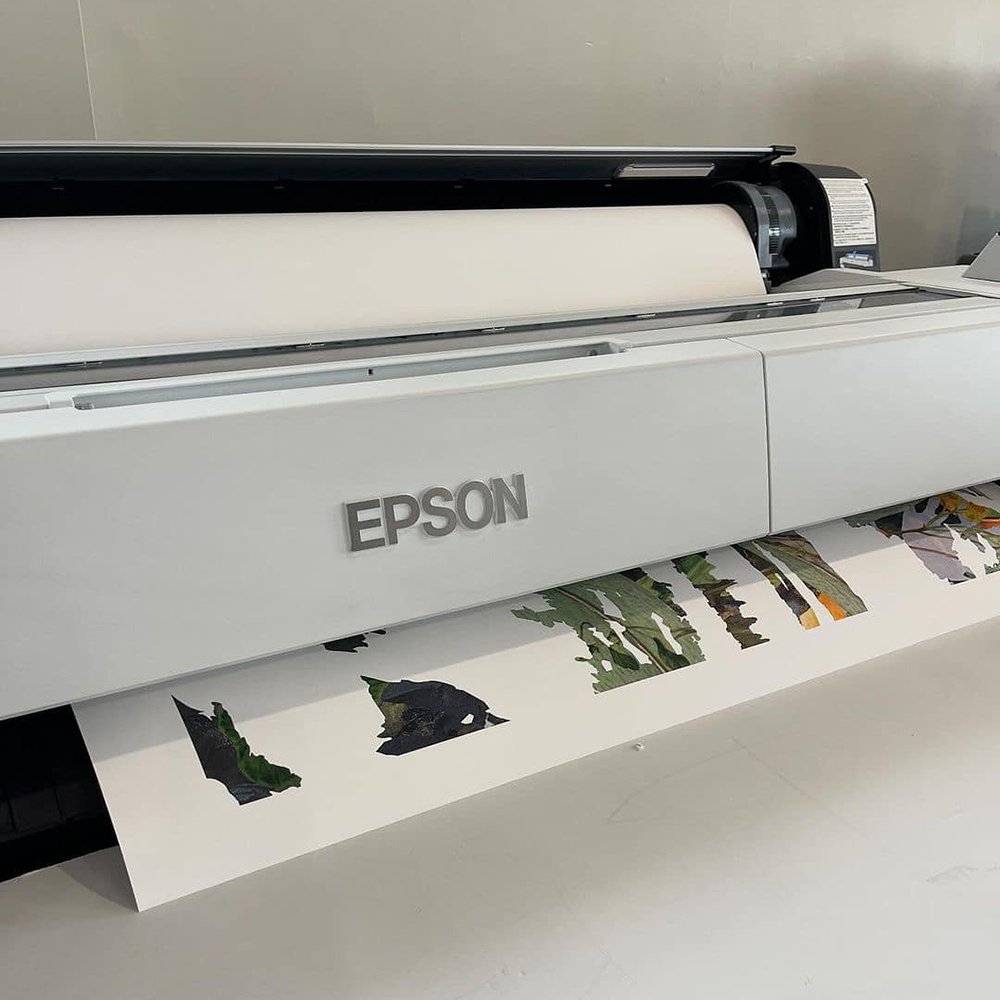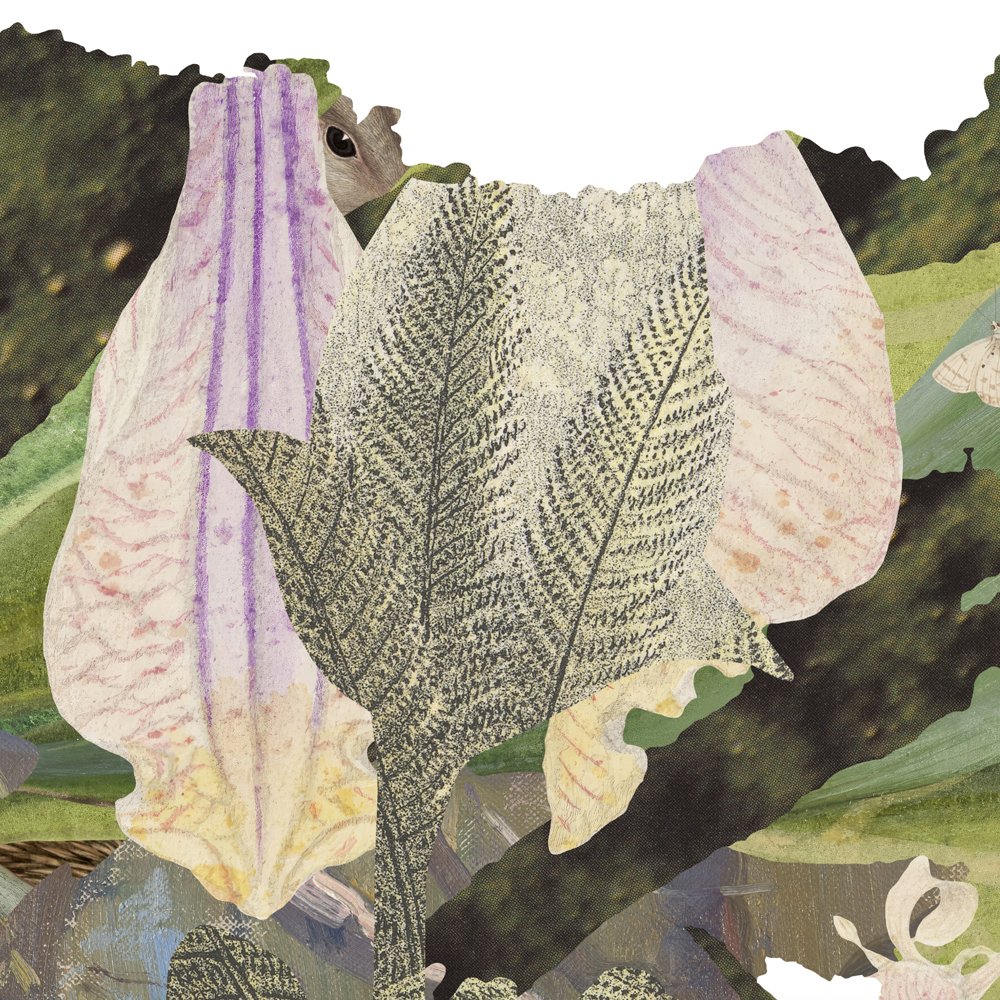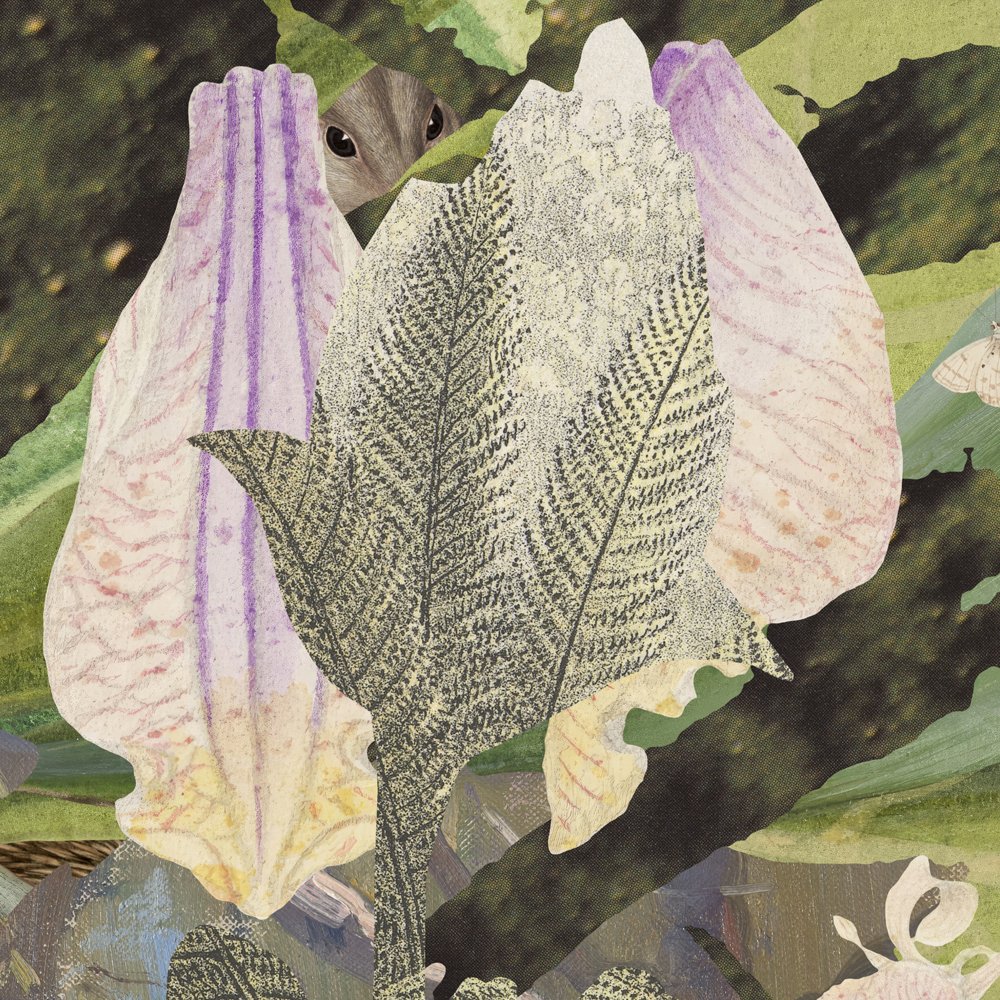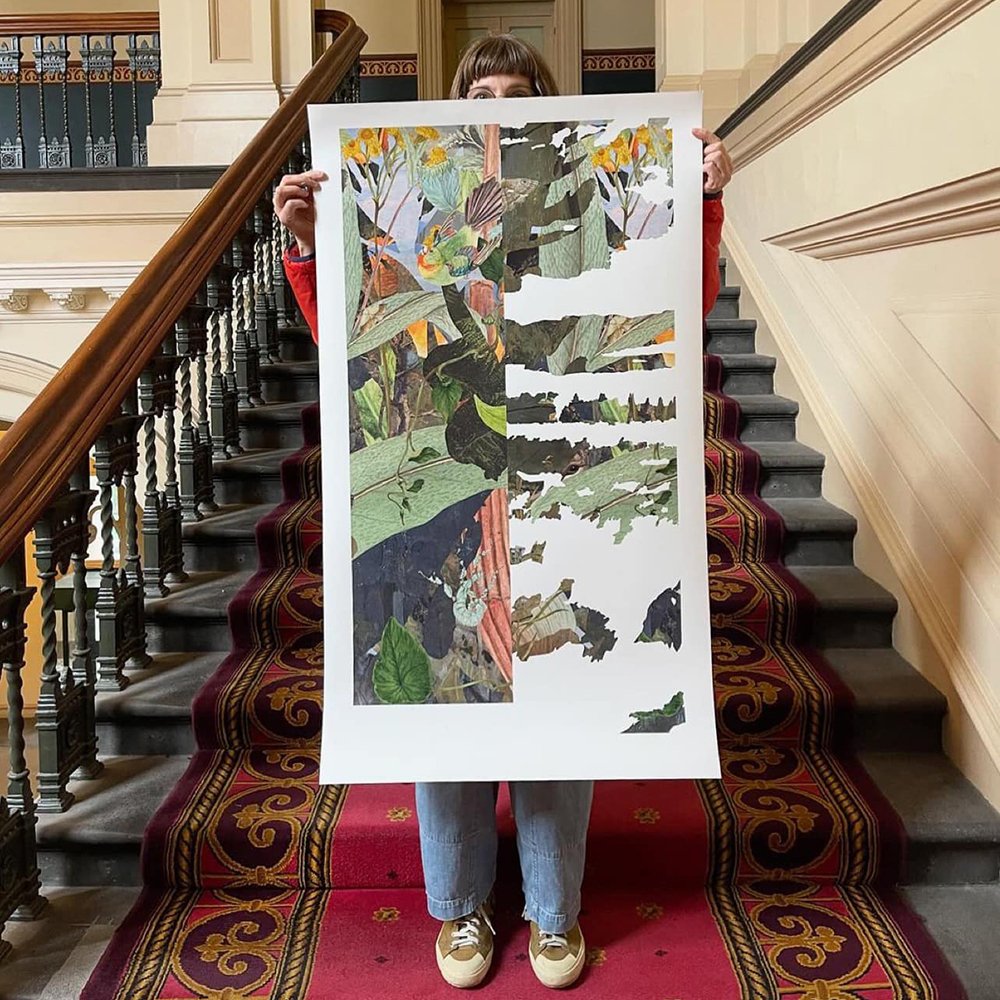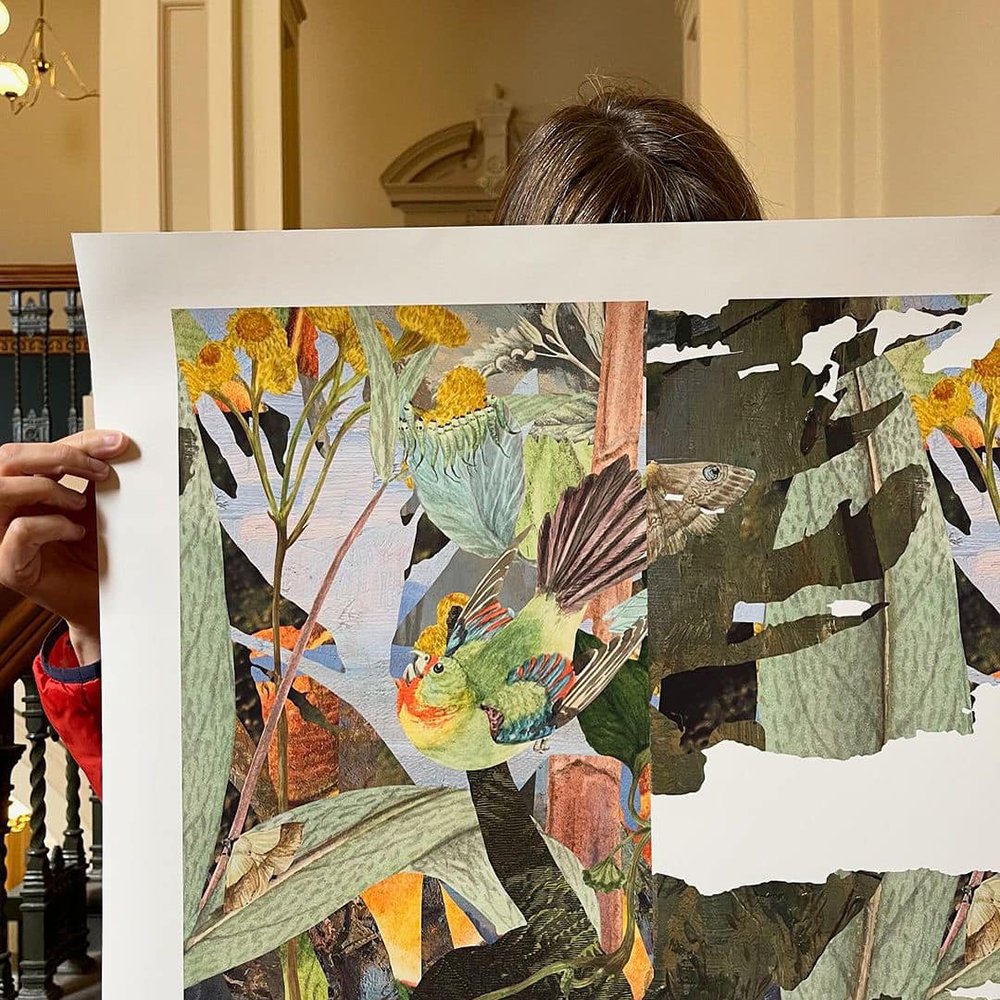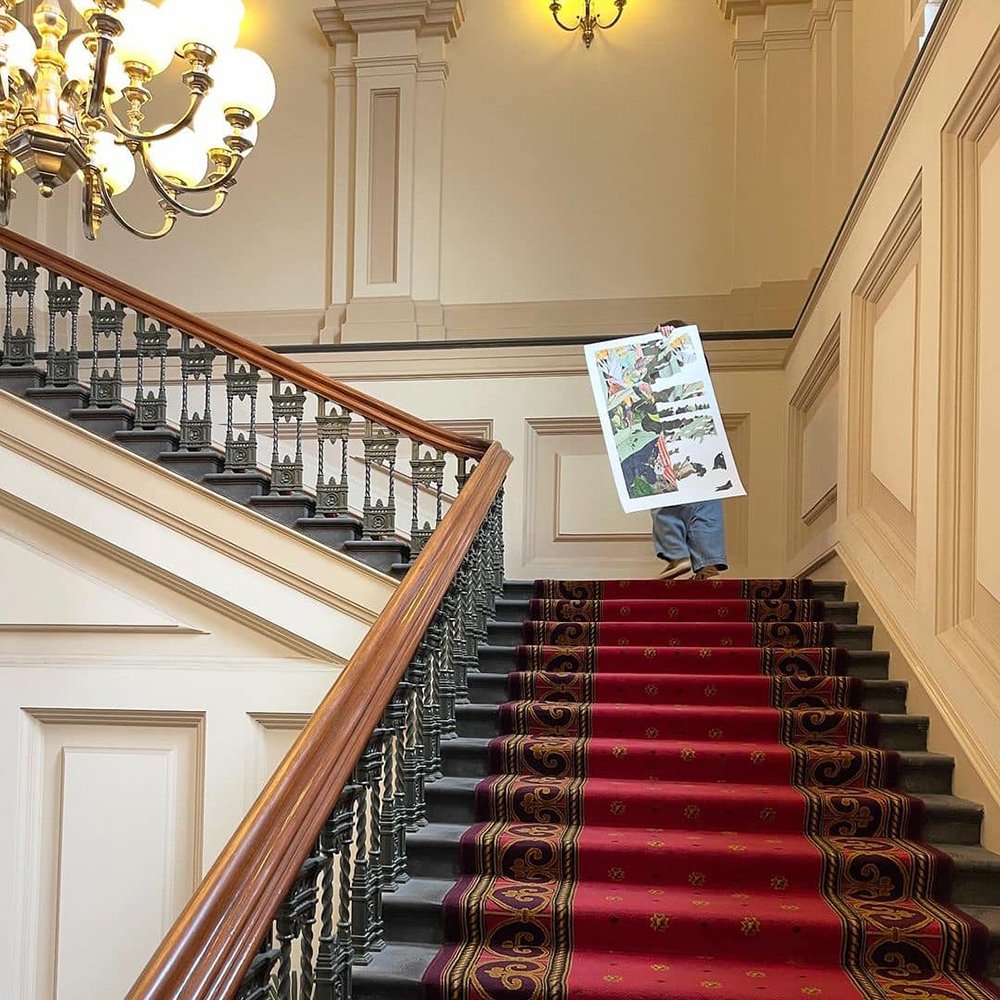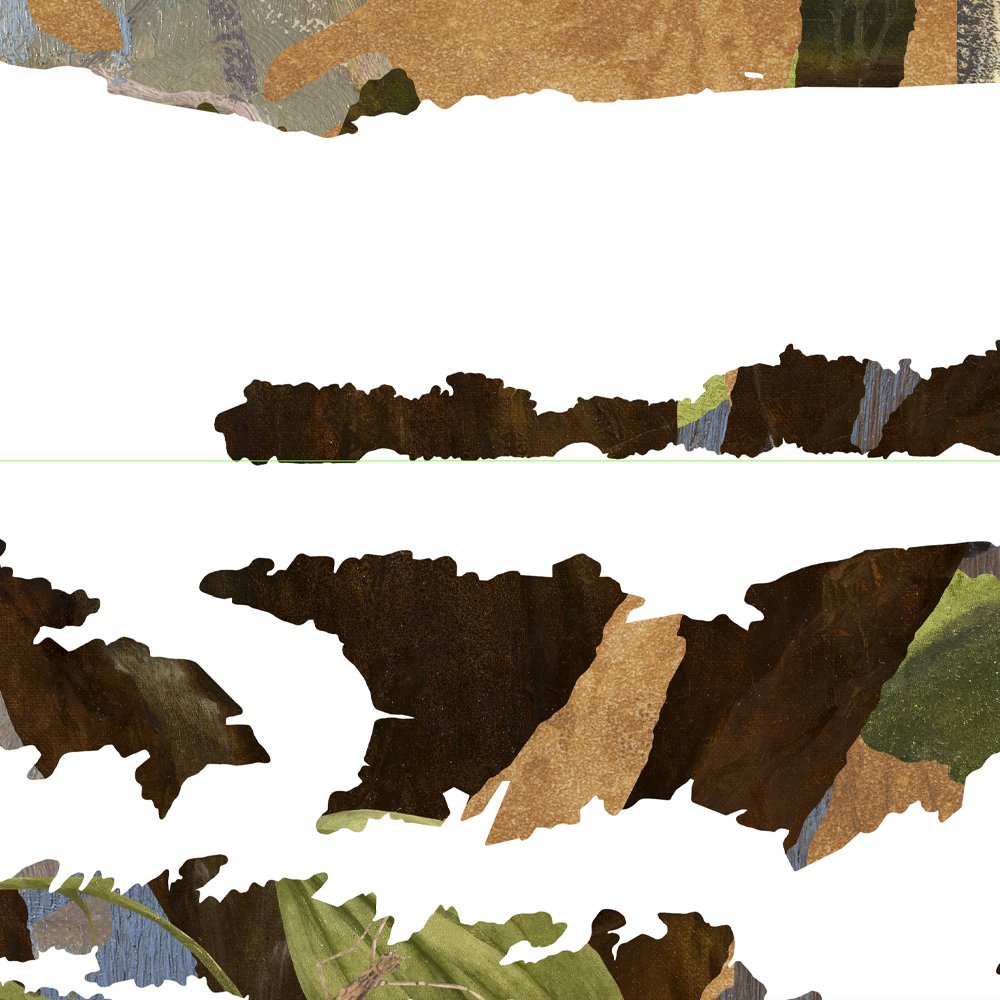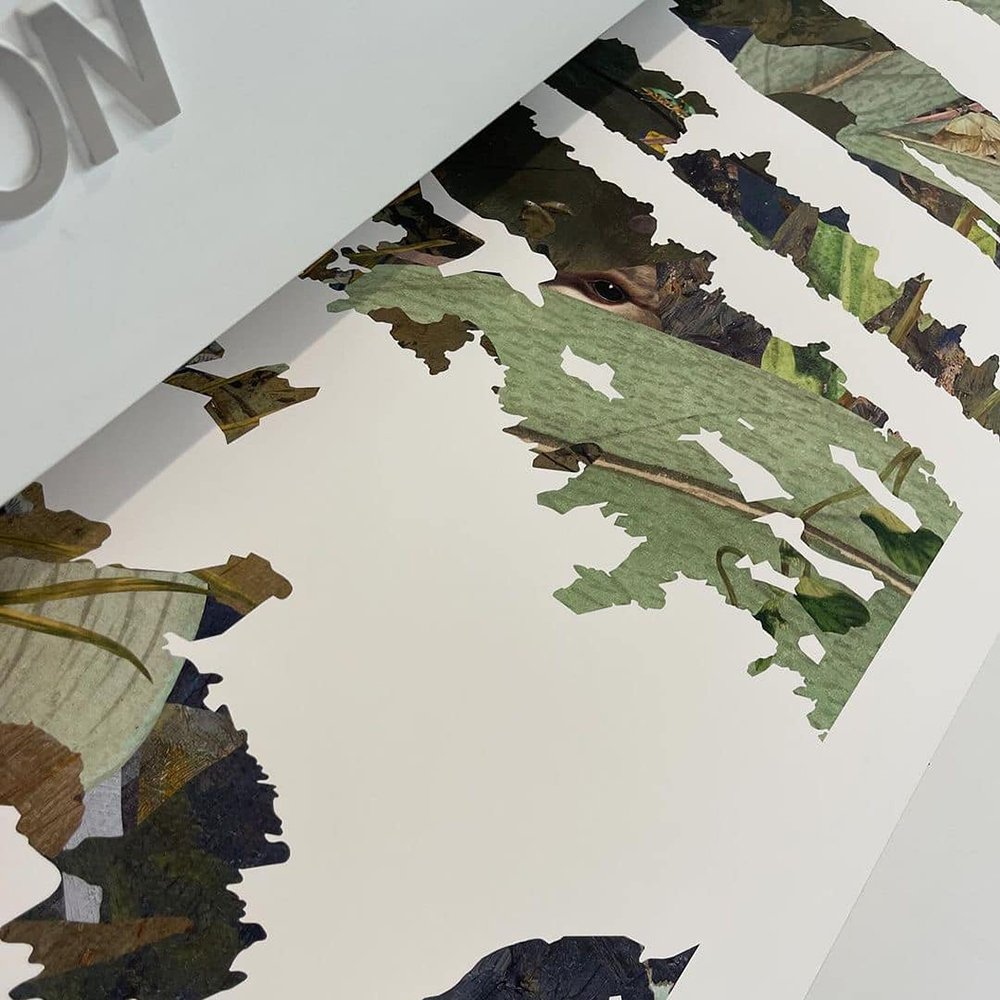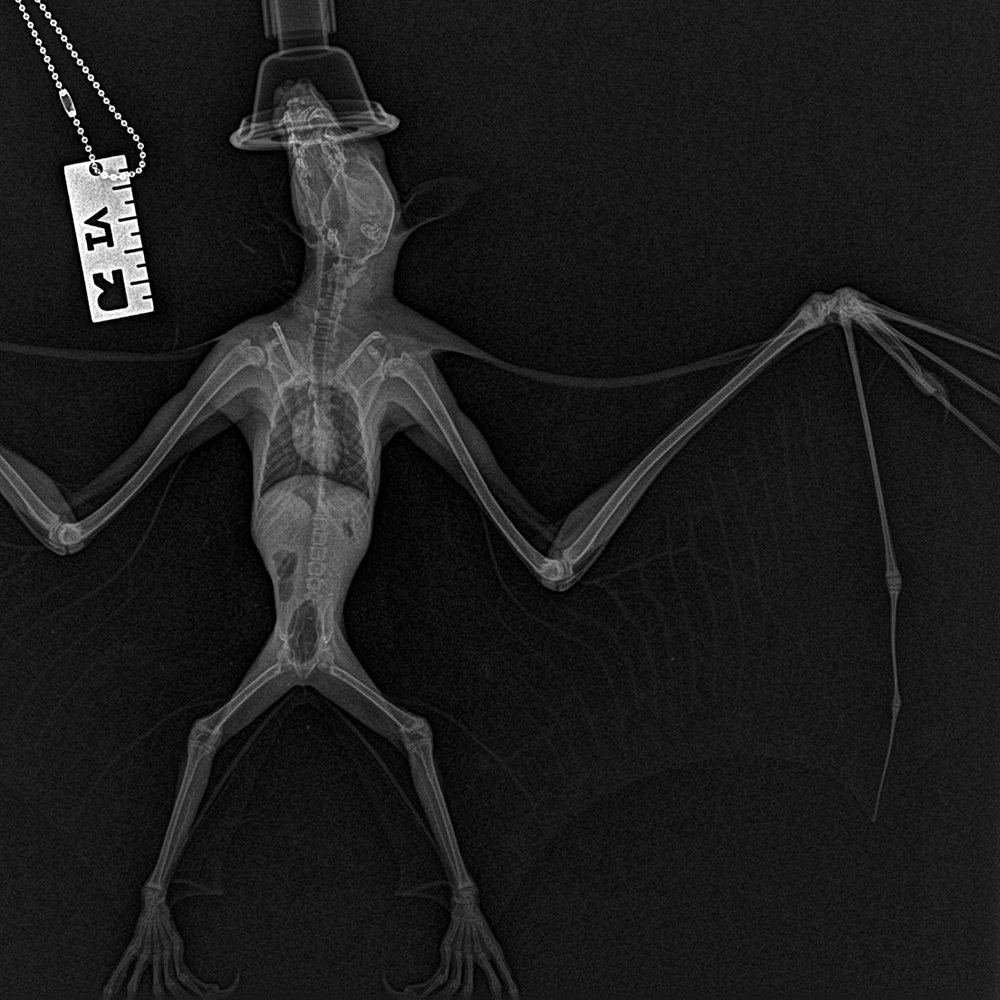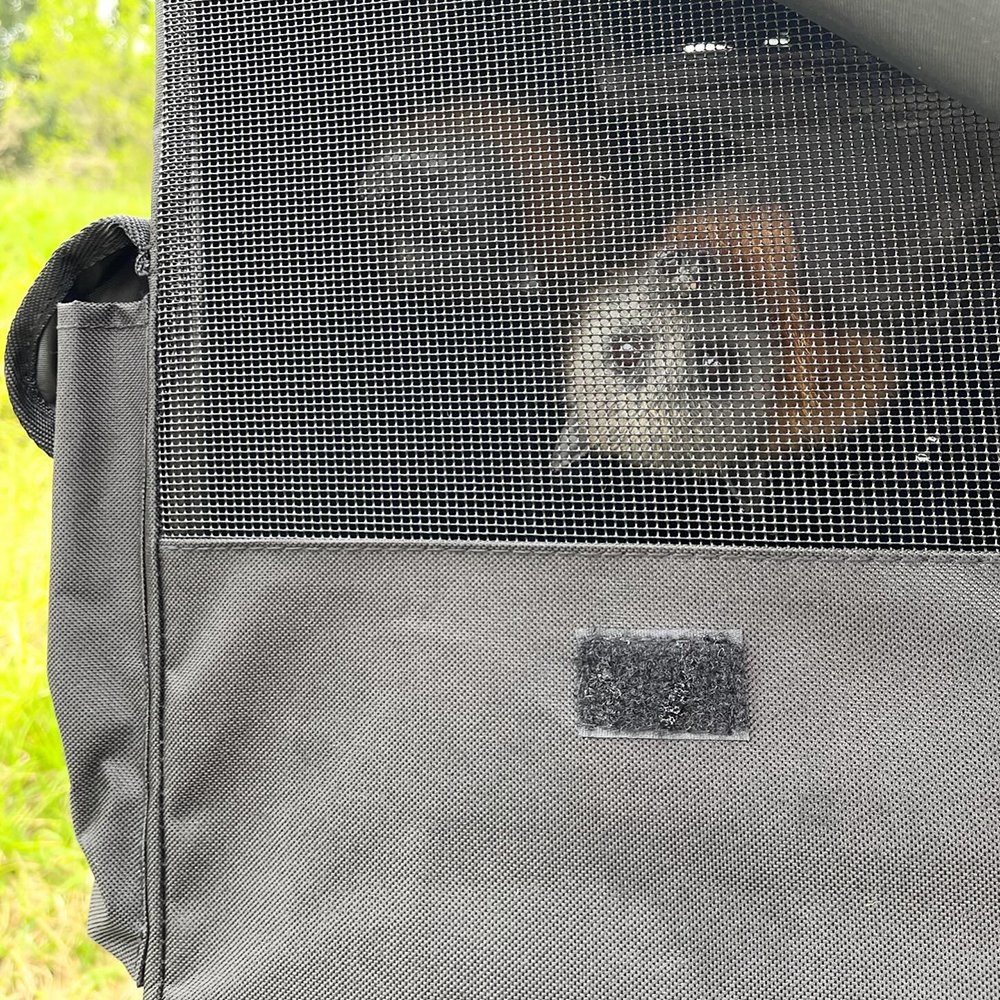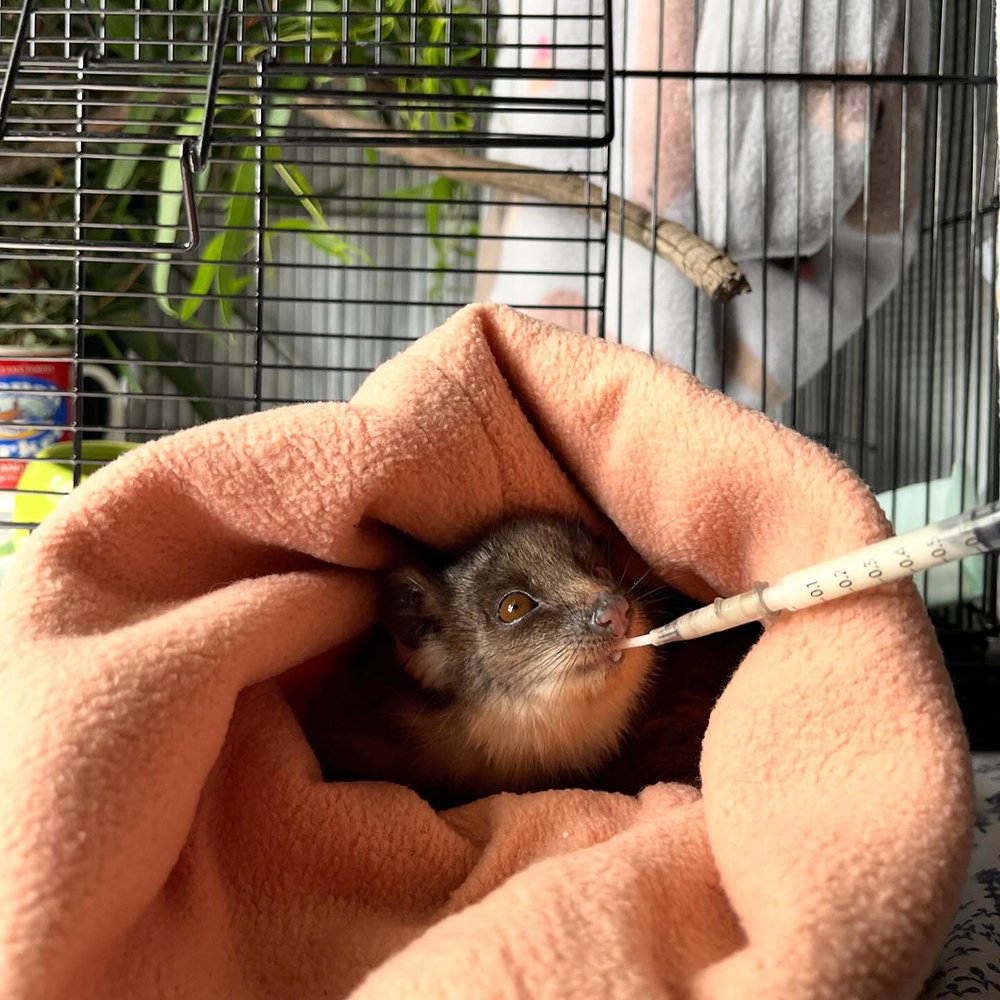RESTORING CORRIDORS
Because all things are connected, the reader can piece by leaf connect and strengthen green corridors to habitat, ensuring biodiversity can flourish.
Gracia Haby & Louise Jennison
Restoring corridors
2024
12 double-sided image panel artists’ book with 5 text pages, inkjet print on Canson Arches 88 310gsm, with accompanying narrative, ‘A good soft release site is a connected site’ (by Gracia Haby), housed in a box with original watercolour cover (by Louise Jennison) on Saunders Waterford Aquarelle 300gsm white hot-press paper
Printed by Arten
Edition of 4
Restoring corridors is a multi-panelled, double-sided artists’ book that forms an interchangeable, reversible 100cm x 300cm slice of biodiversity in flux, when hung on the wall. Housed within an original hand-painted watercolour box, it can be viewed as individual, abstract leaves. within the box, Each 50cm X 50cm leaf features a rich, biodiverse habitat, on one side, and a fractured habitat, on the reverse side.
We invite you, as the reader, to choose: do you actively participate and contribute to biodiversity restoration or allow for habitat to be isolated, further dissected by human pressures[i]? Because all things are connected, you can, piece by leaf, connect and strengthen green corridors to habitat, ensuring biodiversity can flourish. This act of regeneration can be read in multiple states of growing, as wild animals return and pollinators thrive. Depending upon where you begin, you can ‘read’ the landscape as a fractured one that you help restore, or as biodiverse landscape that is being made into smaller and smaller islands by human activity.
Restoring corridors will be released at this year’s tenth Melbourne Art Book Fair, NGV International (Thursday 23rd of May – Sunday 26th of May, 2024), where we are looking forward to sharing this new work with you.
Restoring corridors has been shortlisted from over 1000 entries for the 2024 National Works on Paper exhibition.
[i] “Different from habitat loss and habitat degradation, habitat fragmentation occurs when a species’ habitat gets broken into pieces that are no longer connected to each other. …Many common causes of habitat fragmentation are linked to human activity. Building roads, railways, pipelines, farms, housing, cities, and other infrastructure can divide wild areas into pieces. Not only do human settlements physically block animals from reaching parts of their habitat, but they also can use up resources, effectively decreasing the suitable habitat available to these animals. Other human activities that can fragment wildlife habitats include oil and gas exploration, commercial development, and diverting water through technology like dams. For example, freshwater fish face severe limitations when dams are built in rivers. They can completely block their migration routes and cut them off from areas where they once were plentiful.”
‘How Habitat Fragmentation Affects Animals’, International Fund for Animal Welfare (IFAW), 1st April, 2024, https://www.ifaw.org/au/journal/habitat-fragmentation-affects-animals, accessed 2nd April, 2024.
﹏
RELATED LINKS,
NGV MELBOURNE ART BOOK FAIR 2024
2024 NATIONAL WORKS ON PAPER
RELATED POSTS,
TAKING FORM
LEAF CANOPY
TINY BUT WILD
WILDLINGS
